Fashion: An Endless Tale of Self-Expression and Evolution
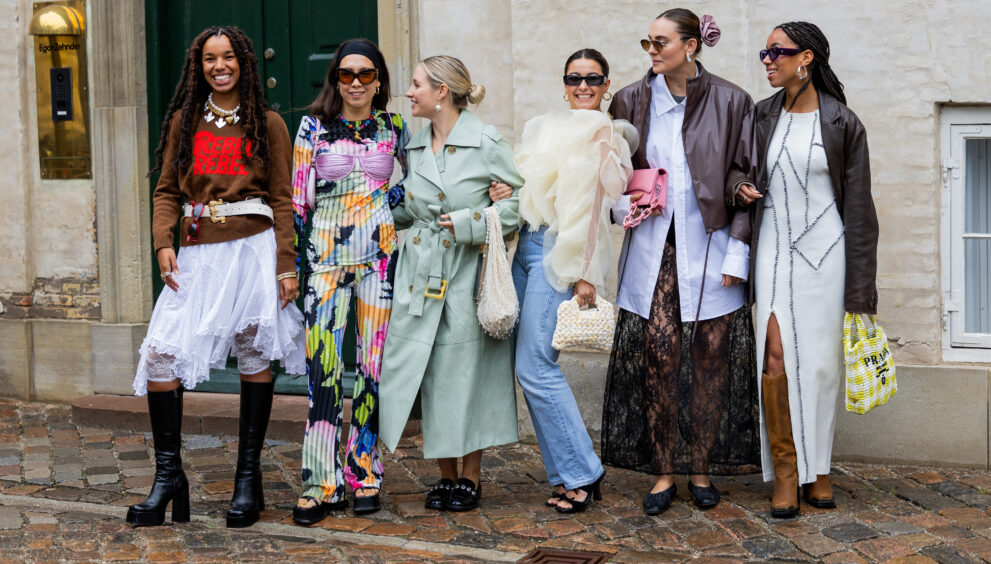
Fashion an art form, a cultural phenomenon, and a reflection of society, is an ever-evolving, universal language that transcends time, boundaries, and generations. It is a medium through which individuals express their personalities, beliefs, and aspirations, making it a dynamic and vibrant facet of human existence. In this article, we will explore the world of fashion, diving into its significance, evolution, and its power to shape identities and cultures.
The Significance of Fashion
Fashion plays a crucial role in video chats, serving as a visual language that conveys personality, style, and professionalism. In these digital interactions, where body language and physical presence are limited. What one wears becomes a primary form of self-expression and communication. This is especially pertinent on platforms like video chat, where visual elements are foregrounded. Selecting appropriate attire becomes a strategic decision. The significance of fashion in this context extends to best cam sites. Where users often engage in diverse conversations ranging from casual to formal.
Self-Expression: Fashion allows individuals to communicate who they are, what they value, and how they want to be perceived. It is a powerful tool for self-expression.
Cultural Identity: Fashion is closely intertwined with cultural identity. It reflects the traditions, values, and heritage of different societies, helping people connect with their roots.
Social Change: Throughout history, fashion has been a driving force behind social and political change. It has challenged norms and broken down barriers, making important statements about gender, class, and identity.
Economic Impact: The fashion industry plays a significant role in economies worldwide, generating employment and contributing to GDP. It encompasses design, manufacturing, marketing, and retail.
The Ever-Evolving Nature of Fashion
Fashion is in a constant state of flux, continuously adapting and reinventing itself. The evolution of fashion can be divided into several key eras:
Historic Styles: From ancient civilizations to the Renaissance and Baroque periods, fashion has been an integral part of history, reflecting the socio-economic and cultural norms of each era.
20th Century Revolution: The 20th century witnessed a rapid evolution of fashion with the emergence of iconic styles like the flapper dresses of the 1920s, the sleek elegance of the 1950s, and the countercultural fashion of the 1960s and 70s.
Modern Trends: The 21st century has seen fashion evolve at an unprecedented pace, with globalization, fast fashion, and sustainability becoming key factors influencing trends.
Fashion as an Art Form
Fashion is often viewed as a form of art, a medium where designers channel their creativity and express themselves. The creation of a clothing collection involves elements of design, composition, and aesthetics akin to other art forms like painting and sculpture.
The Design Process: Fashion designers use their artistic skills to create unique garments that tell a story, evoke emotions, and make a statement.
Runway Shows: High fashion designers showcase their collections through extravagant runway shows, treating fashion as a performance art.
Conceptual Fashion: Some designers explore conceptual fashion, pushing the boundaries of traditional clothing by experimenting with avant-garde designs that challenge norms.
The Intersection of Fashion and Technology
Fashion and technology are becoming increasingly intertwined, opening up new horizons for creativity and innovation. Technology has influenced fashion in several ways:
Sustainable Fashion: Technology has enabled sustainable practices, such as 3D printing, which reduces waste, and the development of eco-friendly fabrics.
E-Commerce: The rise of e-commerce has transformed the way people shop for clothing, making fashion accessible to a global audience.
Digital Runway Shows: Virtual runway shows, augmented reality (AR), and virtual reality (VR) have become platforms for designers to present their collections in innovative ways.
The Influence of Celebrity and Social Media
In the digital age, celebrities and social media have a profound impact on fashion trends. Celebrities often set trends, and social media platforms have become a hub for fashion influencers, giving rise to the concept of “fast fashion.”
Celebrity Collaborations: Many celebrities collaborate with fashion brands, creating their lines and driving consumer interest.
Fashion Bloggers and Influencers: Social media platforms like Instagram have given rise to a new wave of fashion influencers who share their personal styles and opinions, influencing millions of followers.
Fast Fashion: The term “fast fashion” refers to clothing that is produced quickly, following the latest trends and often sold at affordable prices. Social media plays a significant role in promoting and perpetuating fast fashion.
Sustainability in Fashion
The fashion industry has faced increasing scrutiny regarding its environmental impact, giving rise to the movement for sustainable fashion. Key aspects include:
Eco-Friendly Materials: Sustainable fashion emphasizes the use of organic and recycled materials to reduce the ecological footprint.
Ethical Labor Practices: Brands are striving to ensure fair labor practices and transparency in the supply chain.
Slow Fashion: The concept of “slow fashion” promotes quality over quantity, encouraging consumers to invest in timeless, durable pieces that last.
The Power of Fashion to Empower
Fashion has the power to empower individuals, communities, and even countries. It can be a vehicle for change, promoting inclusivity and self-confidence:
Inclusive Fashion: Fashion brands and designers are increasingly embracing diversity and inclusivity in their campaigns and collections.
Adaptive Clothing: The fashion industry is recognizing the need for adaptive clothing that caters to people with disabilities.
Confidence and Identity: What we wear can profoundly impact our self-esteem and sense of self. The right outfit can empower individuals to express themselves and face the world with confidence.
Conclusion
Fashion is an ever-evolving and multifaceted concept that touches every aspect of our lives. It is a canvas for self-expression, a reflection of cultural identity, and a driver of social change. As fashion continues to evolve in response to technological advances and sustainability concerns, its impact on society will undoubtedly remain profound. Fashion is not merely about clothing; it is an art form, a statement, and a powerful tool for empowerment. It allow individuals to embrace and celebrate their uniqueness and individuality.















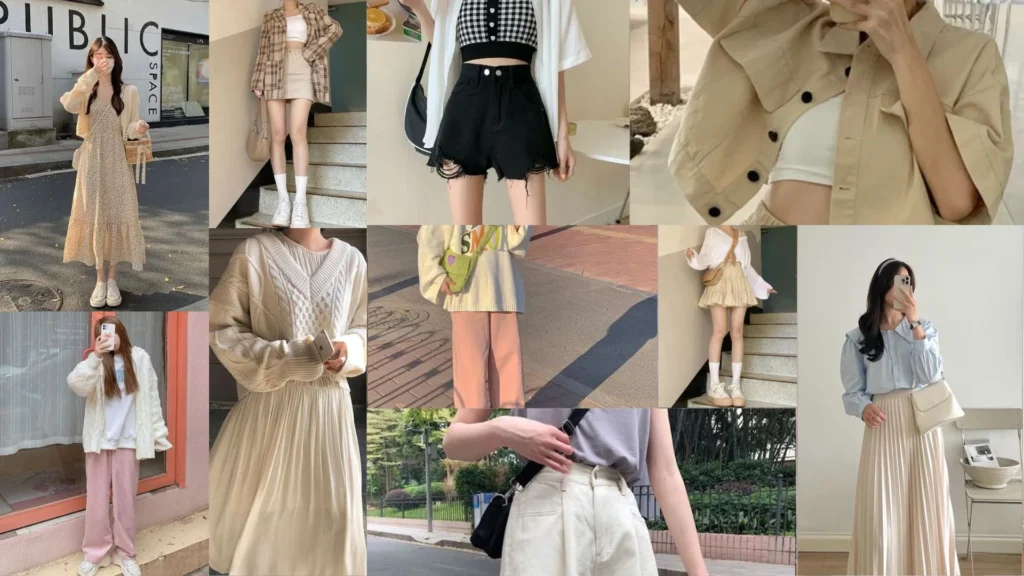

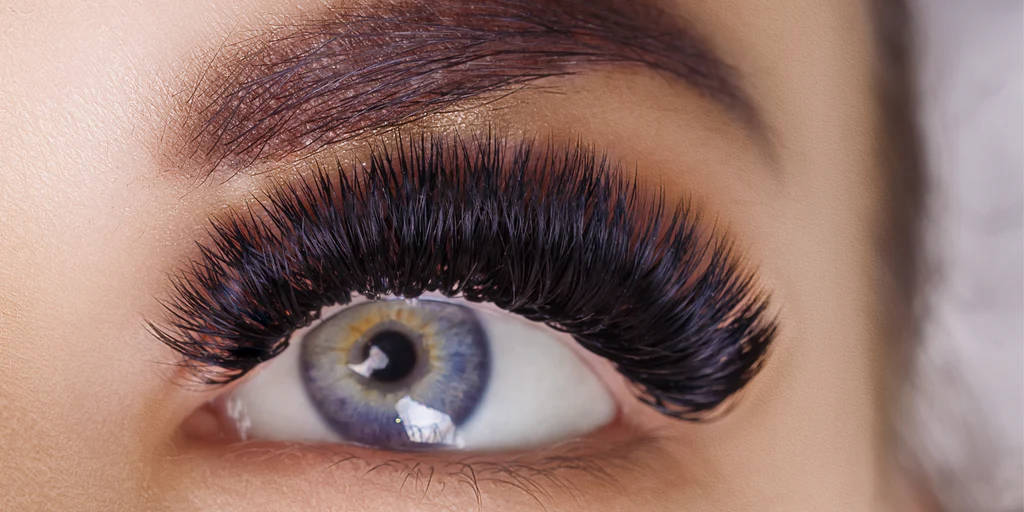
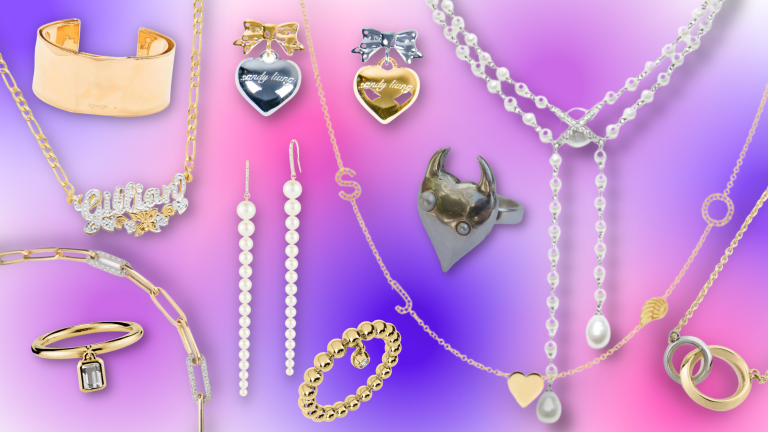



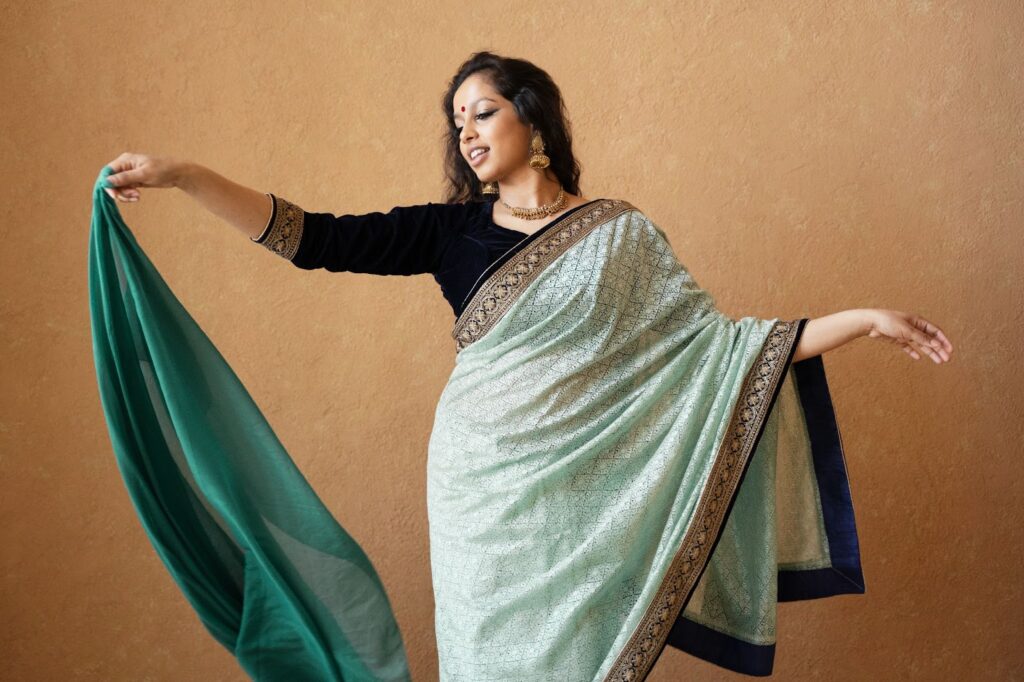
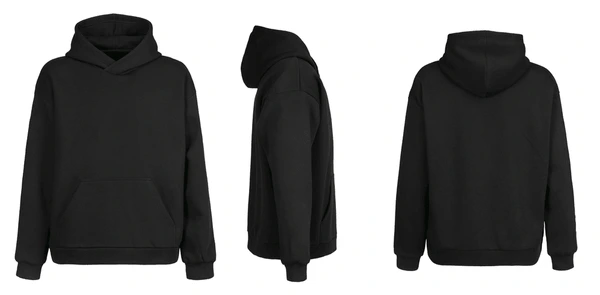


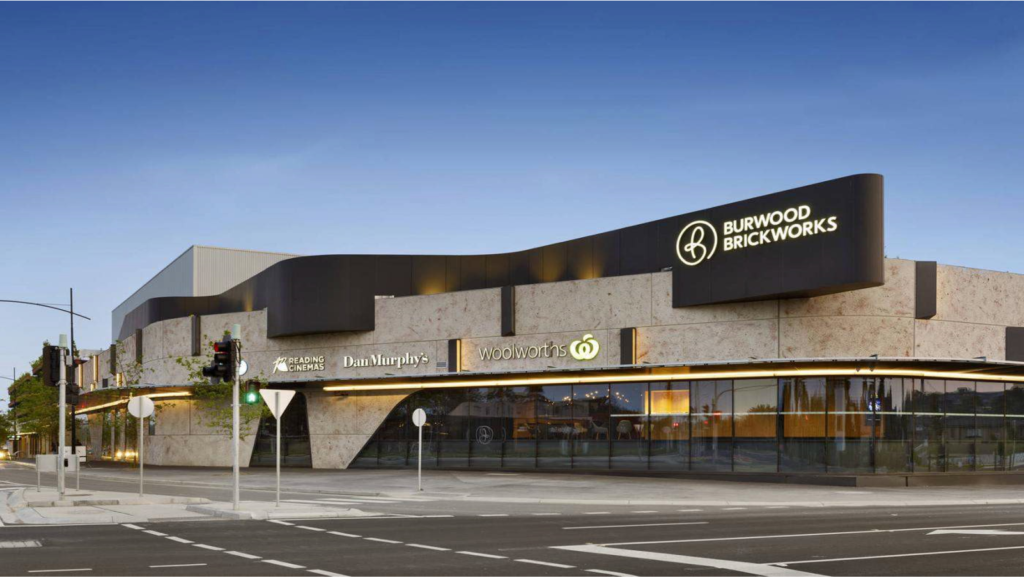

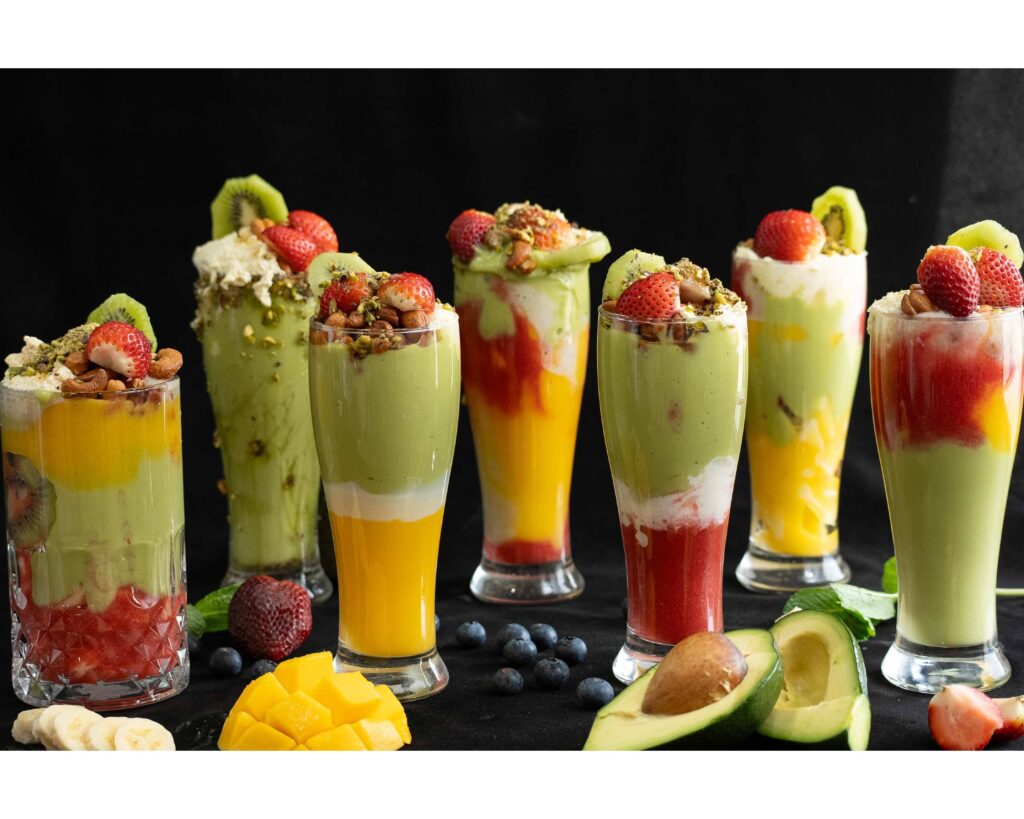

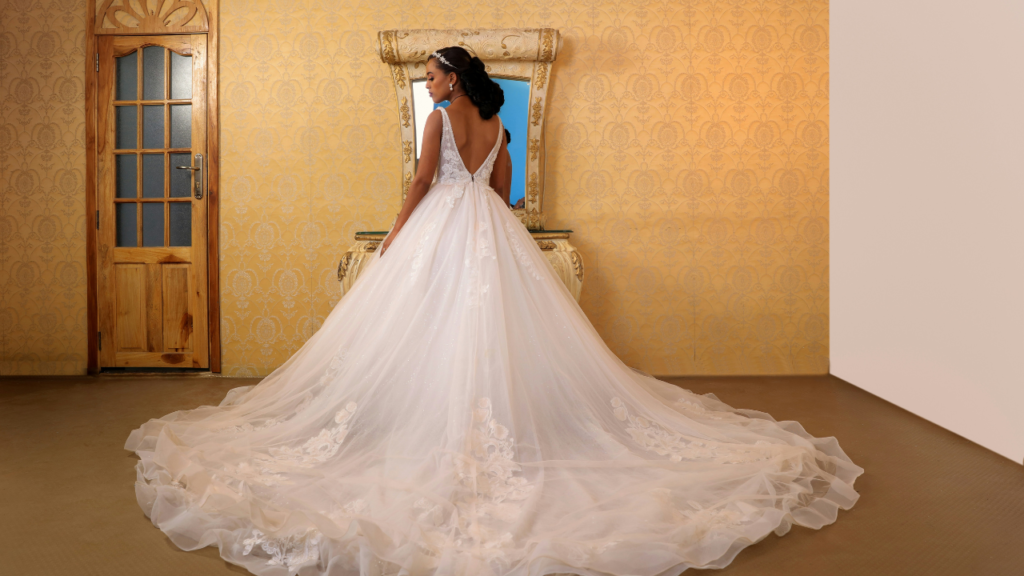
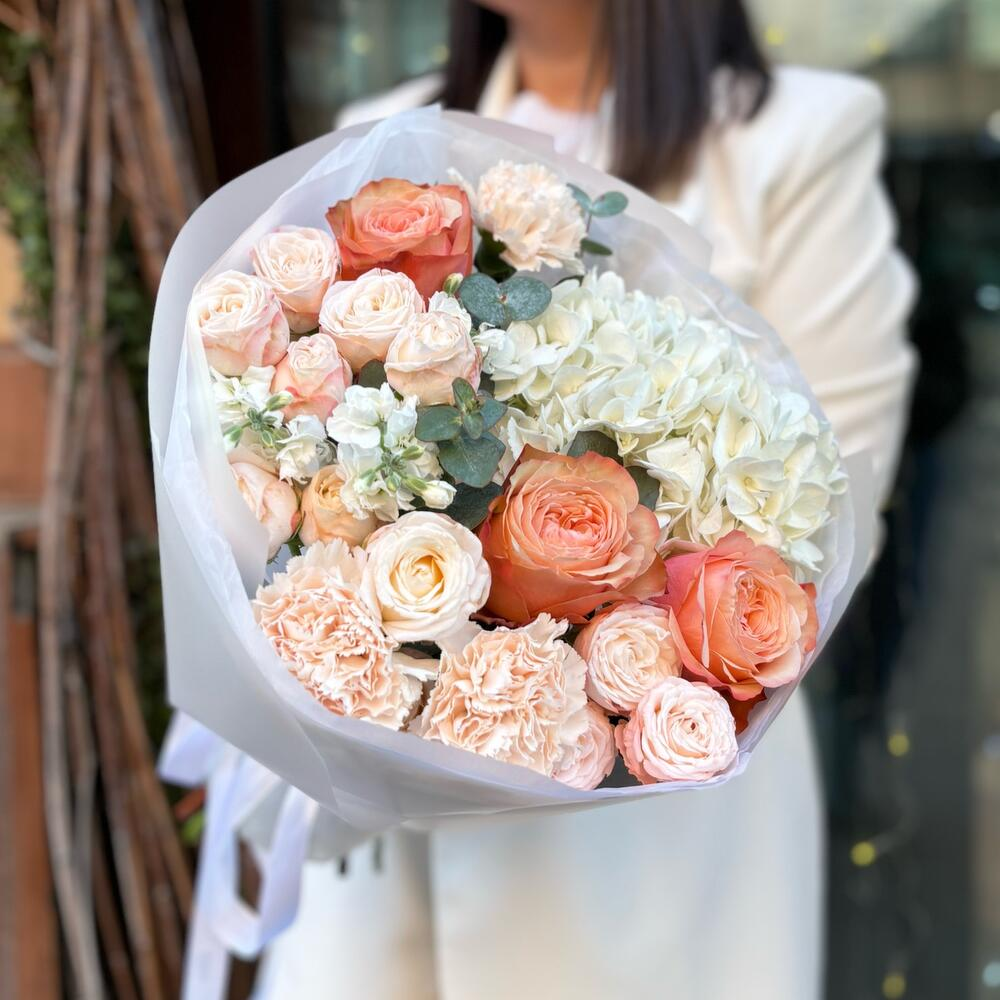





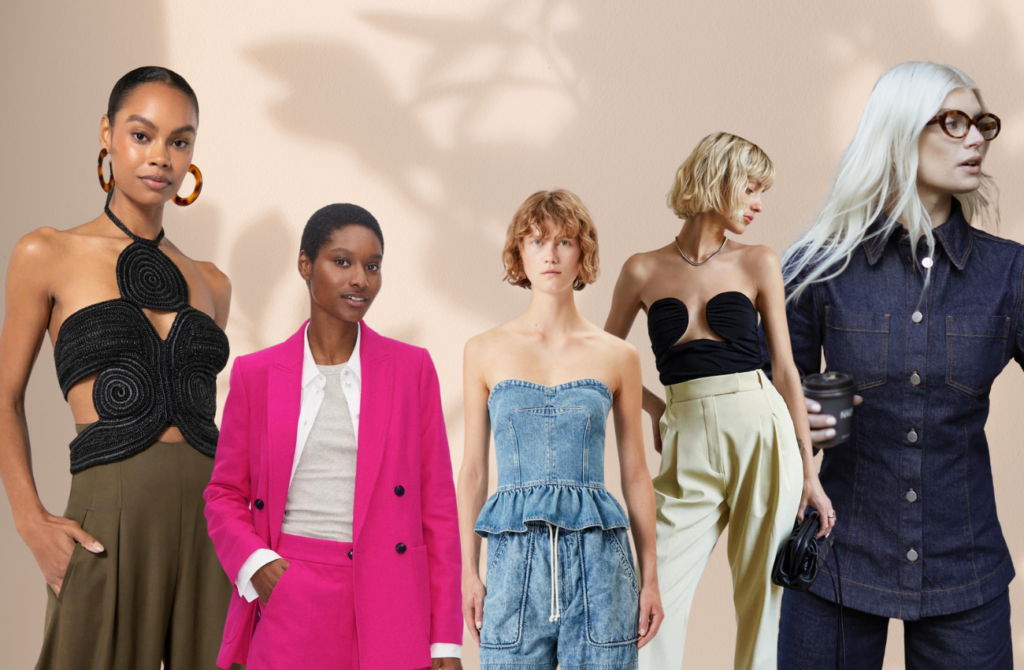





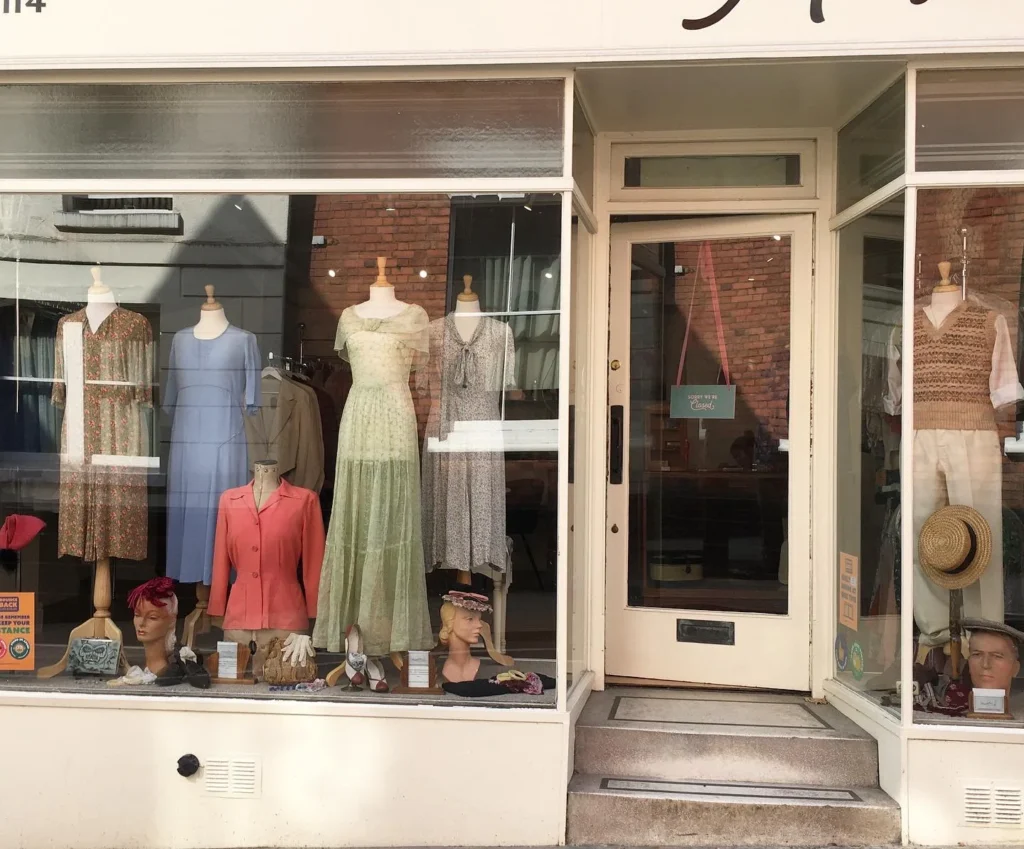

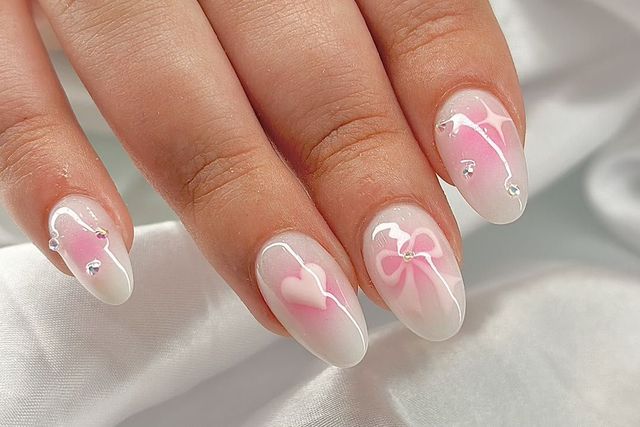






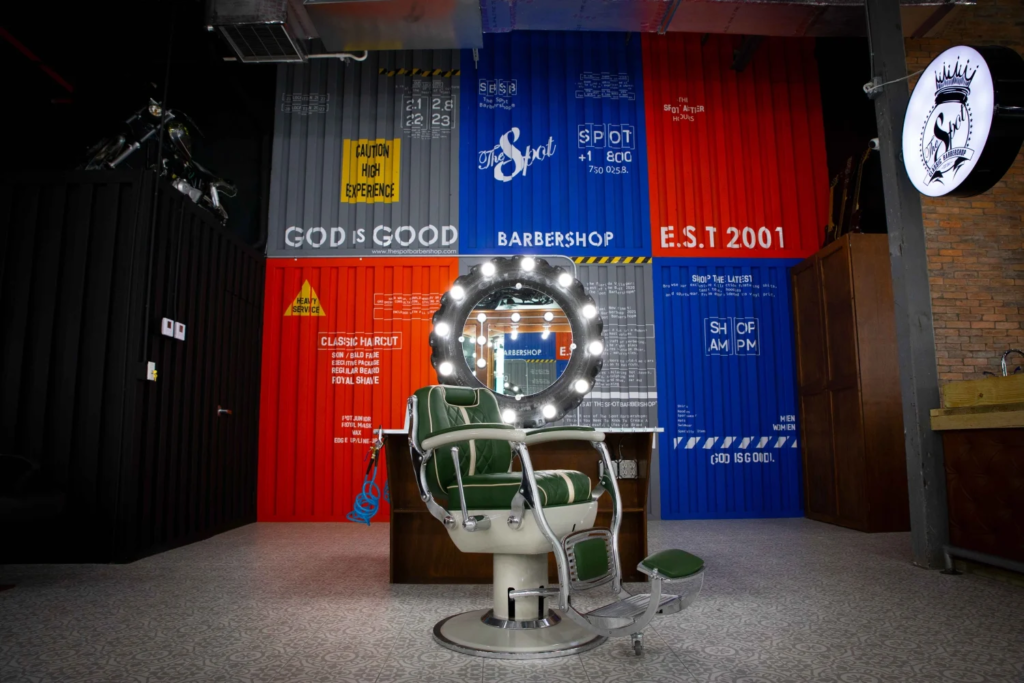



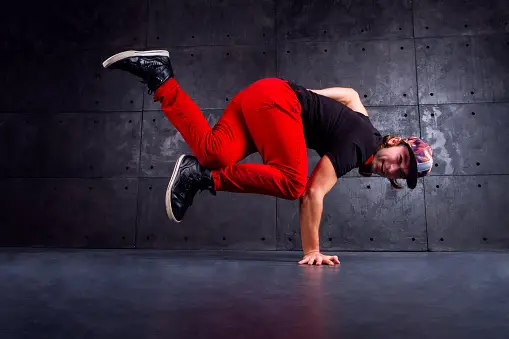




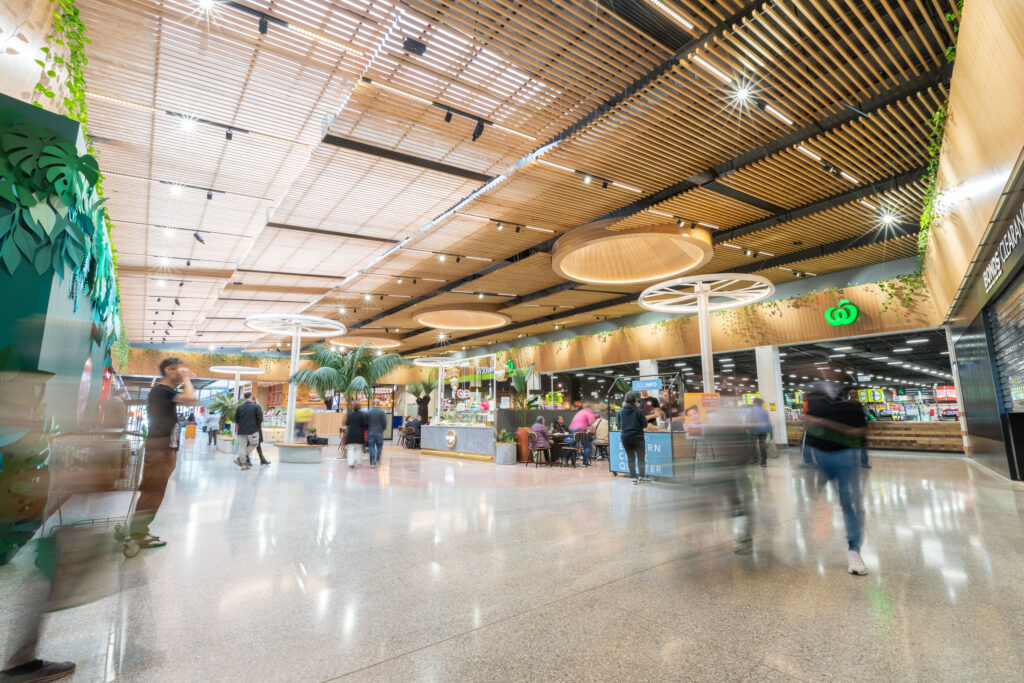


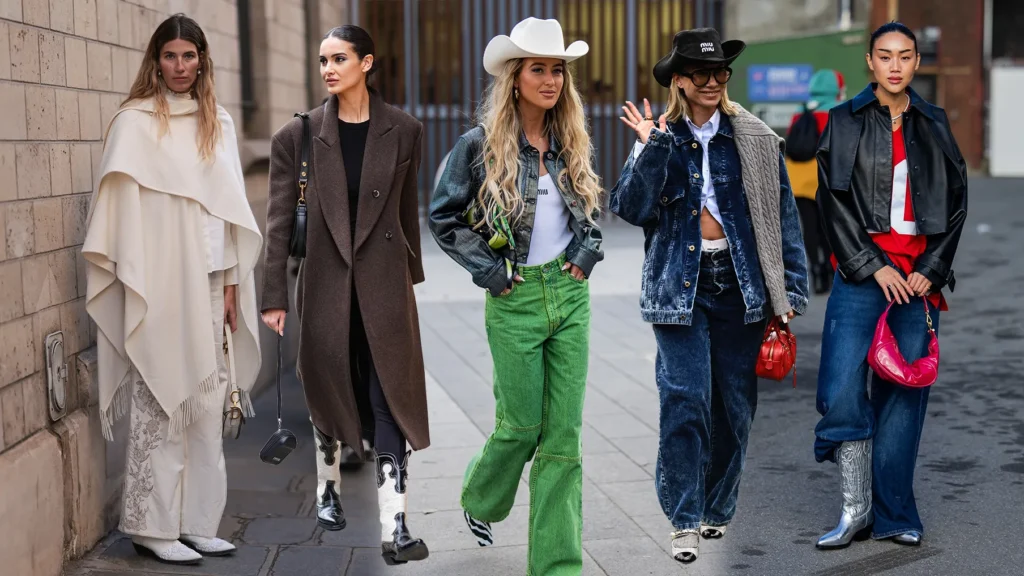







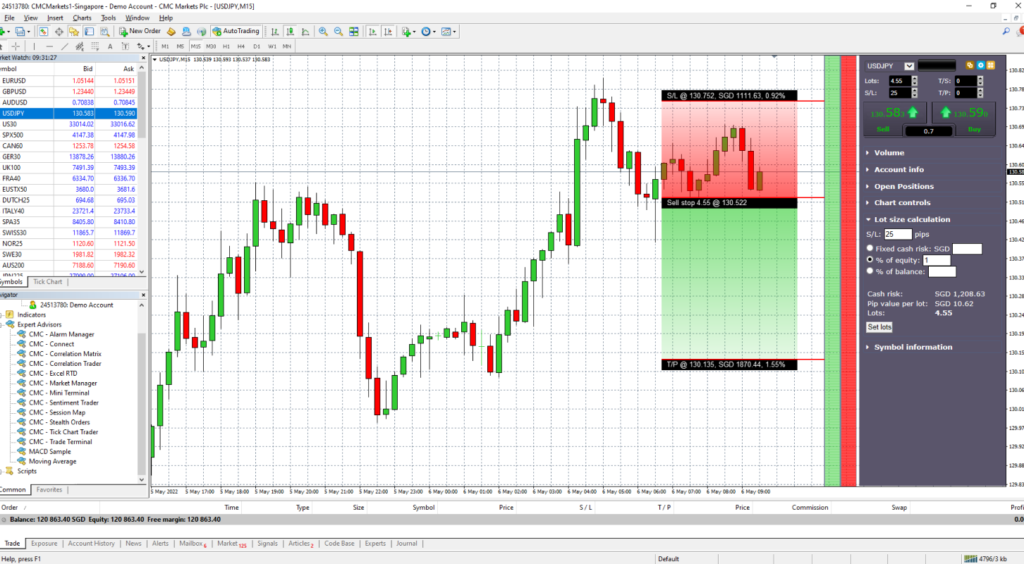












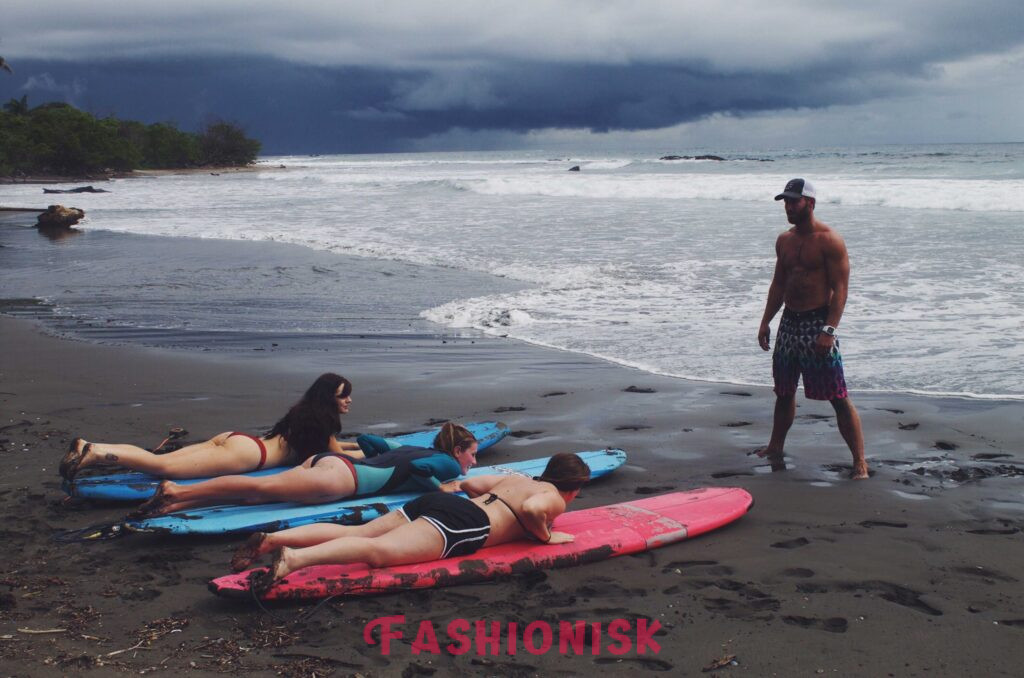

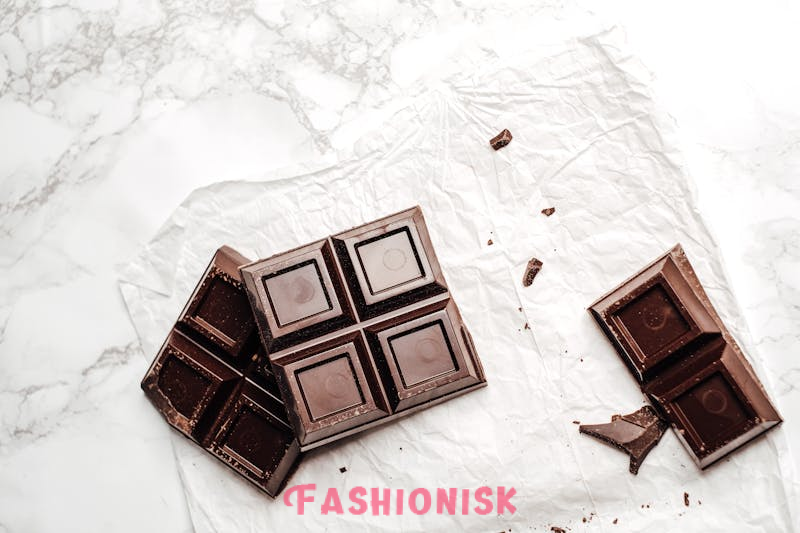
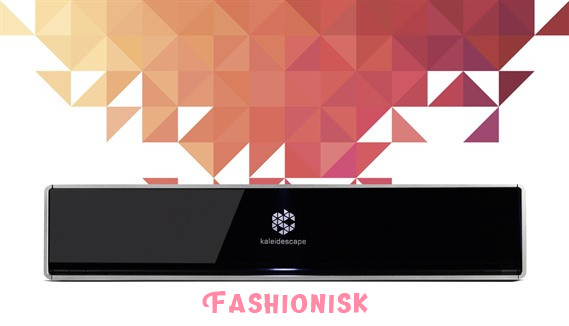



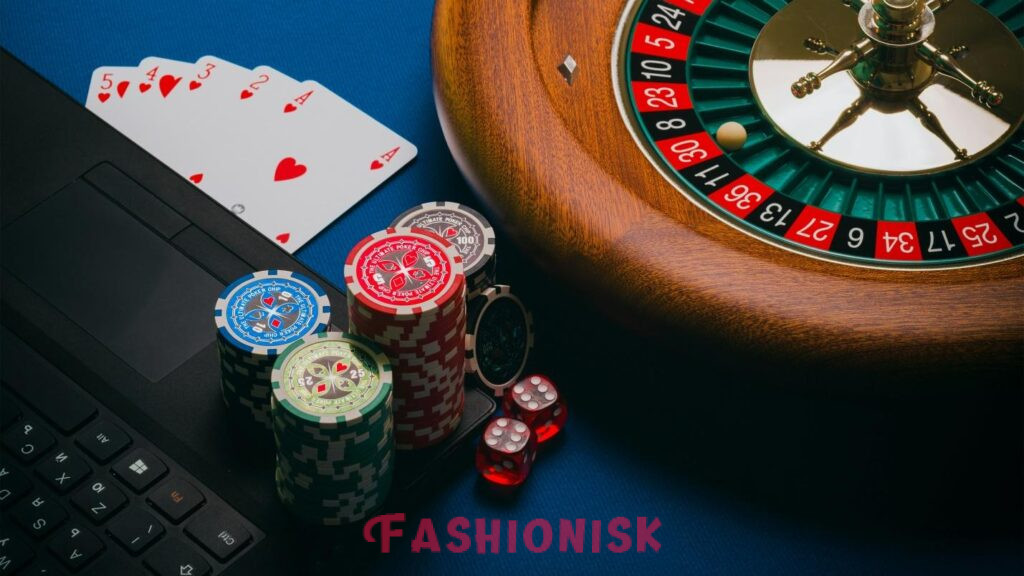




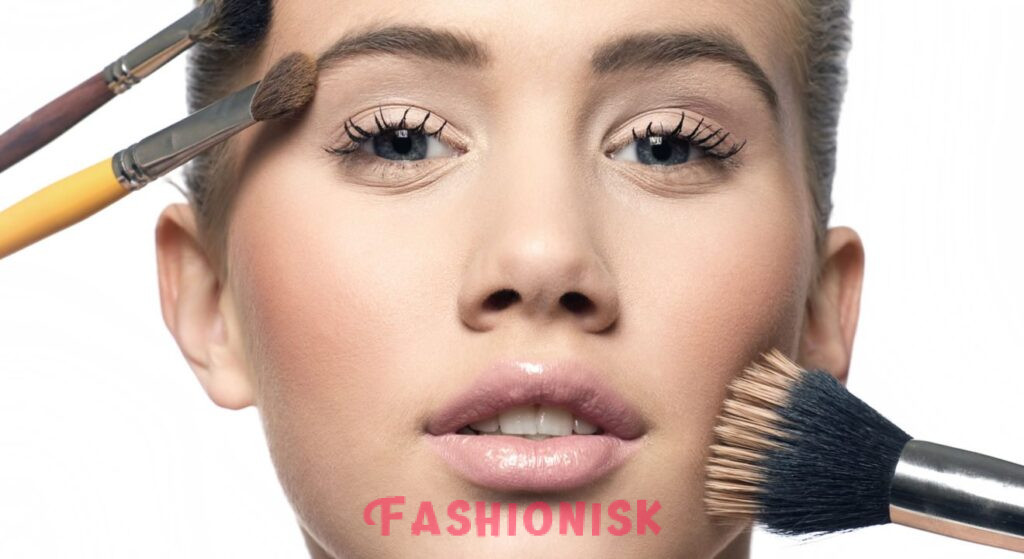

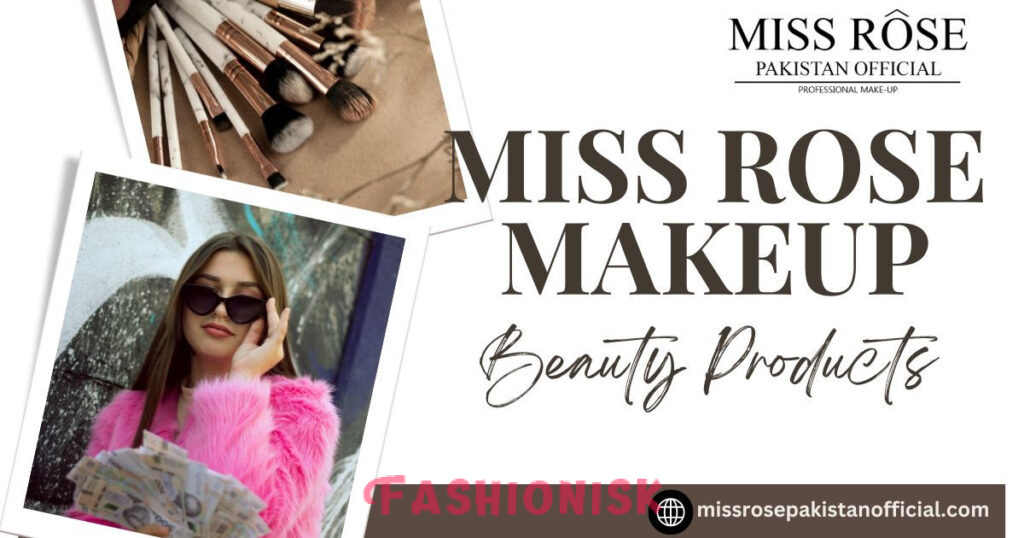

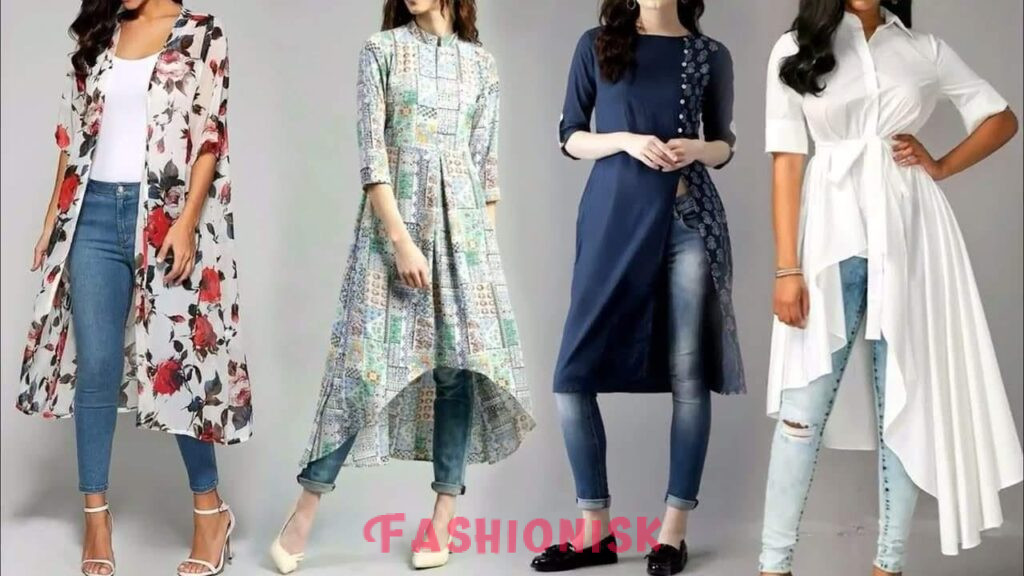

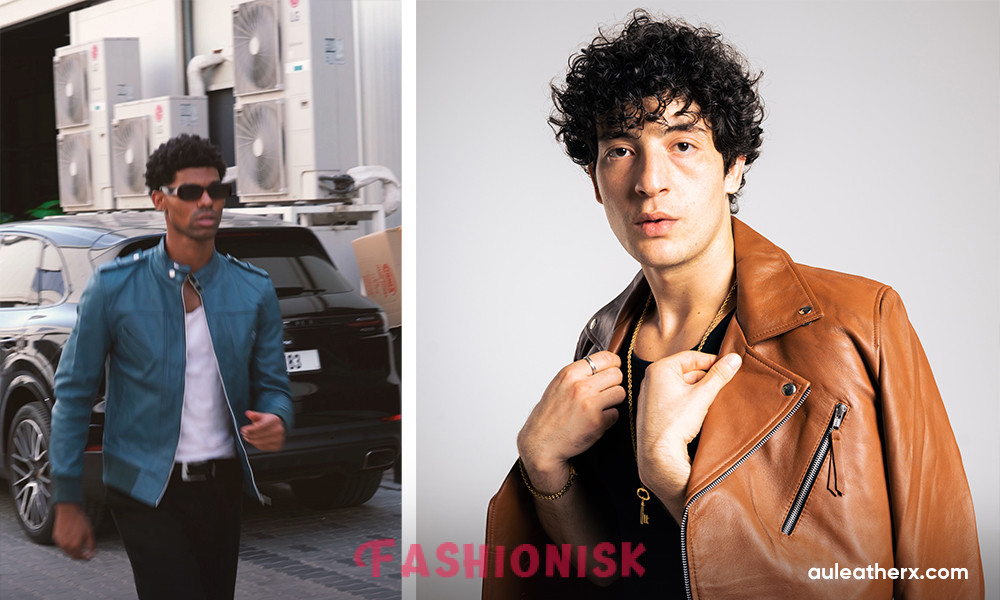
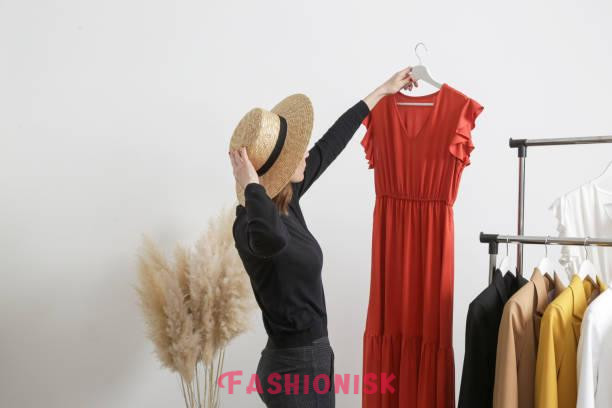




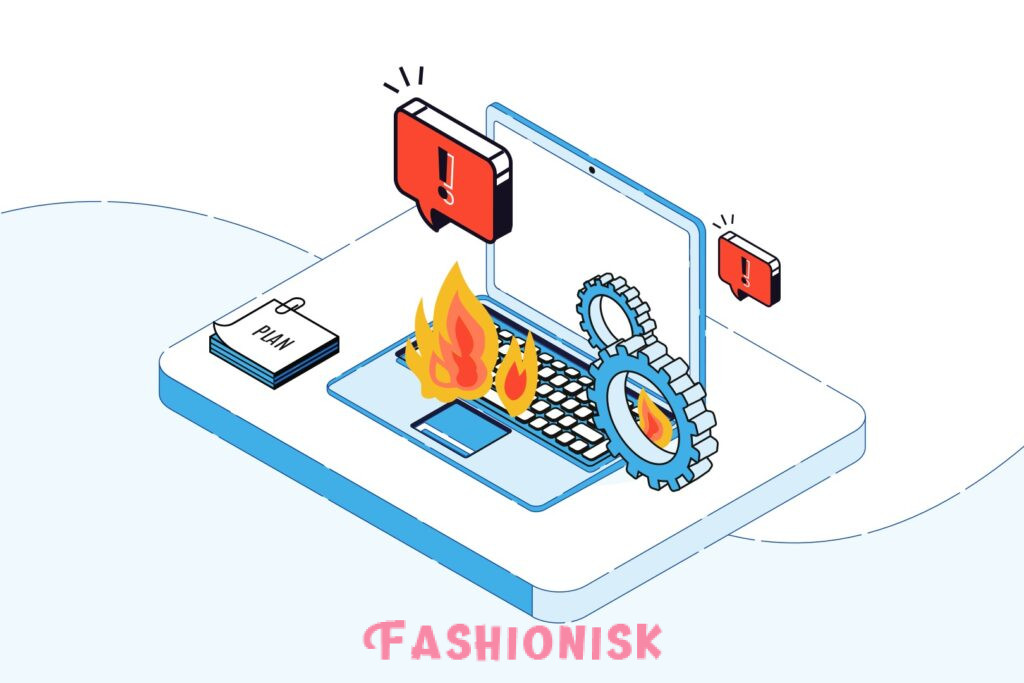

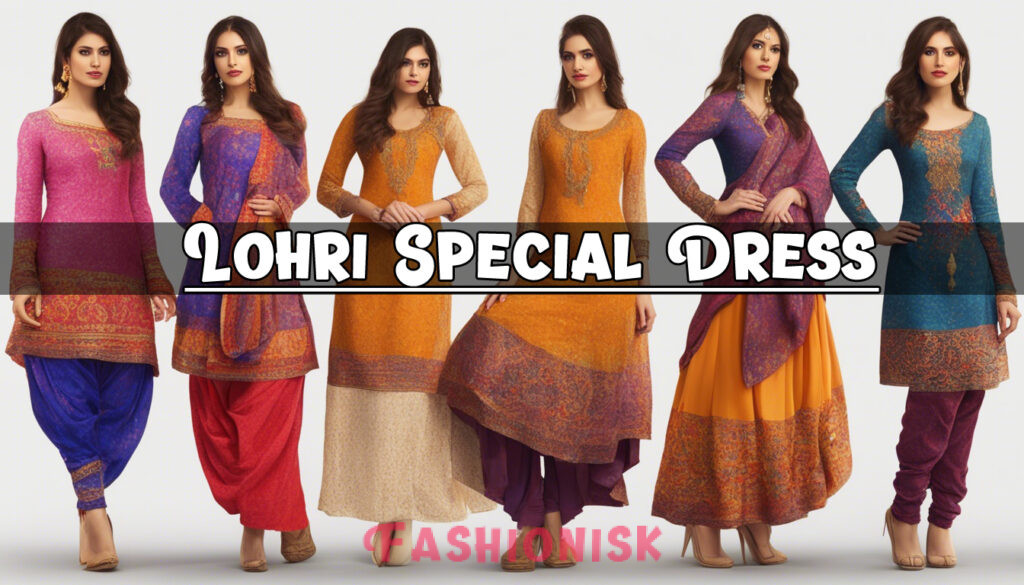


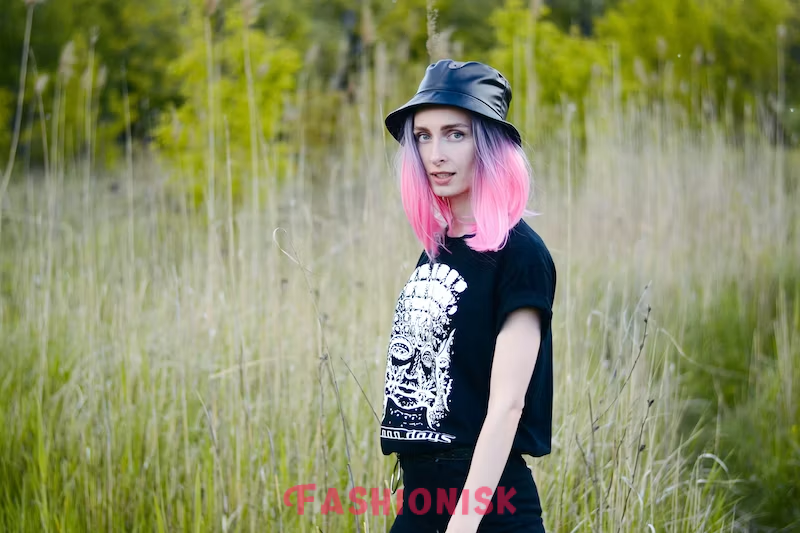




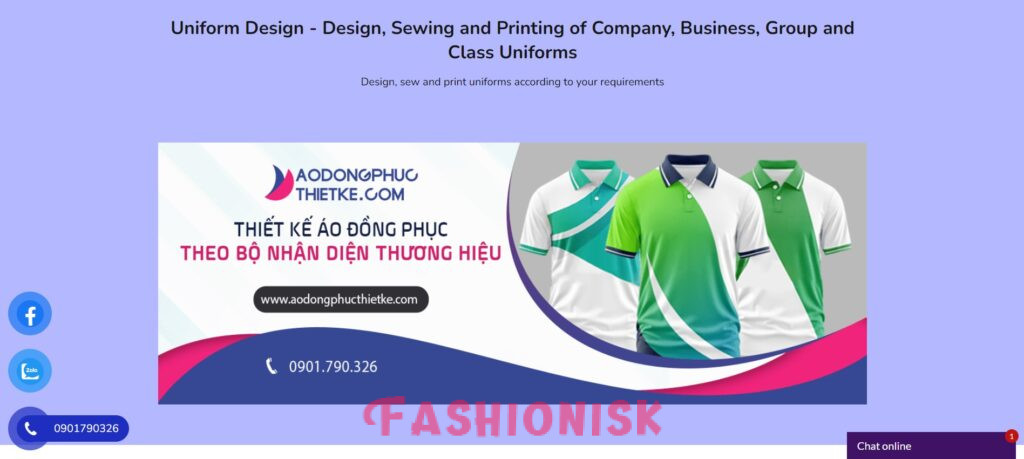

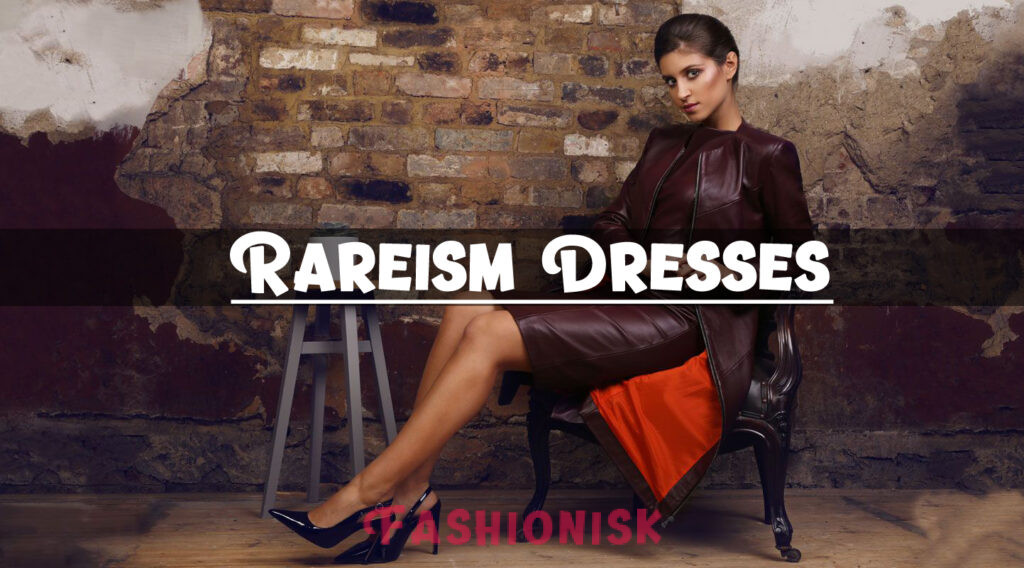

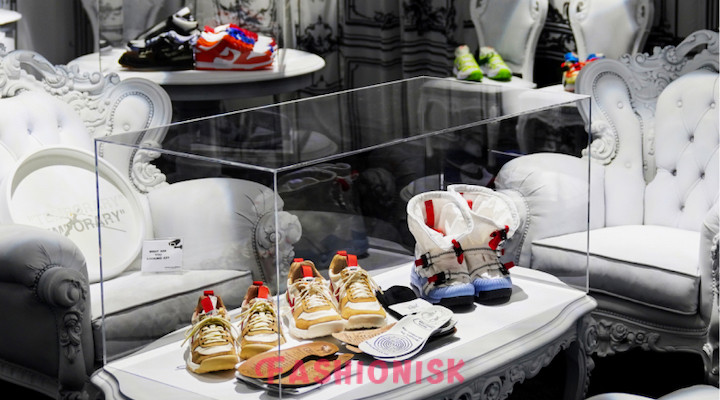
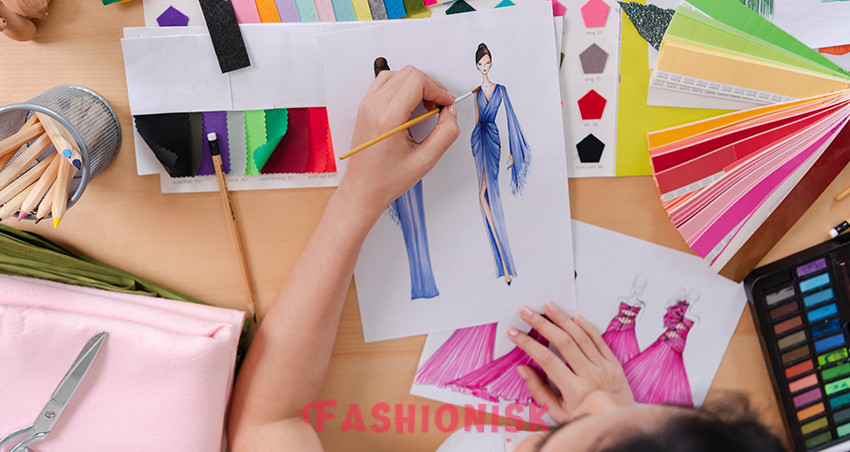




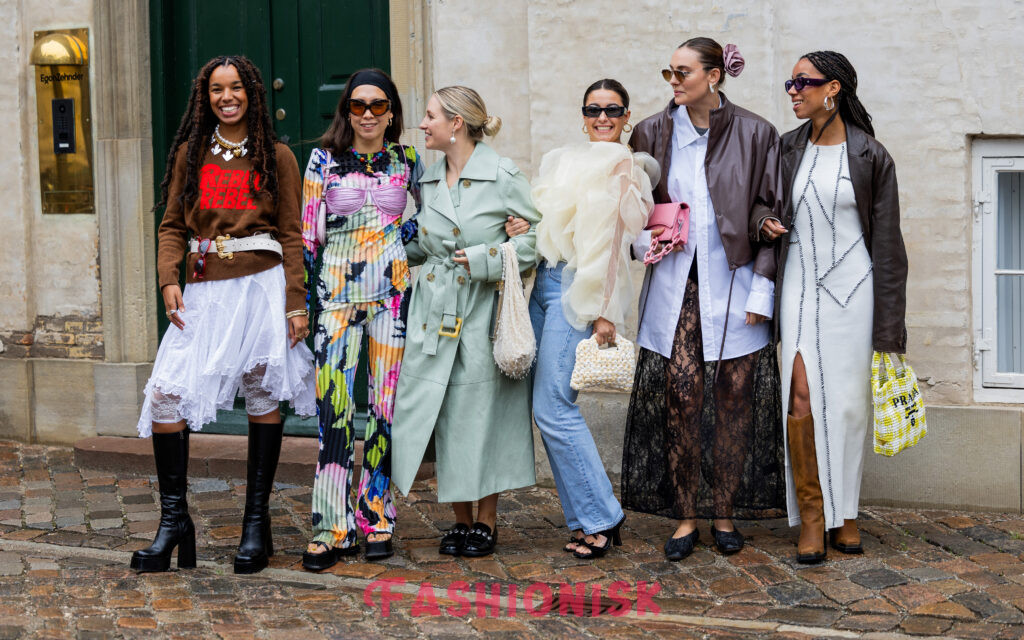
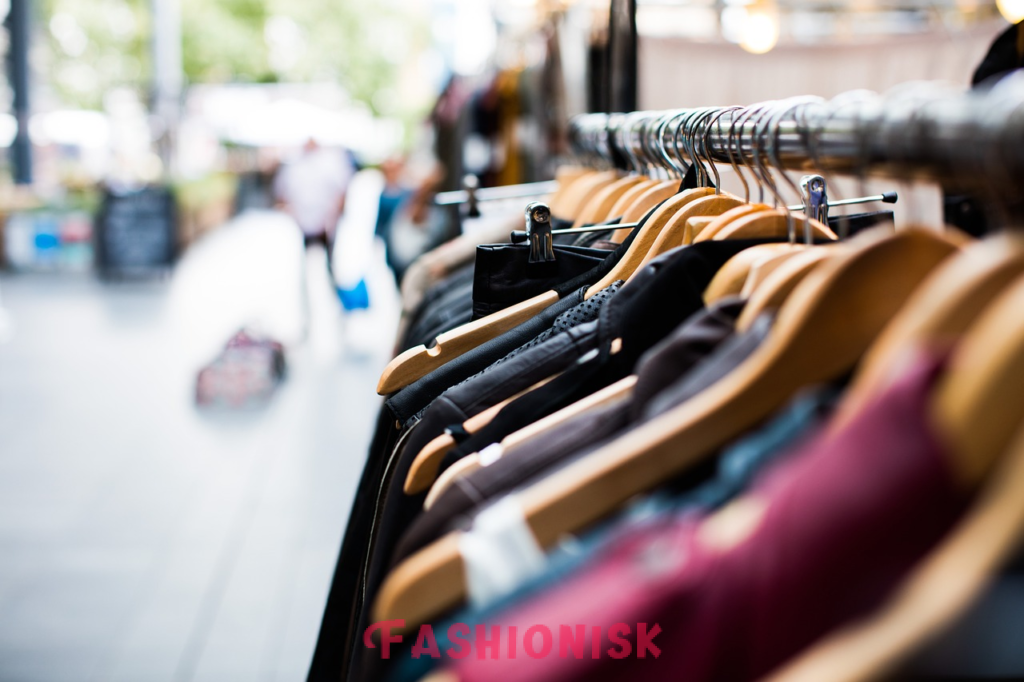
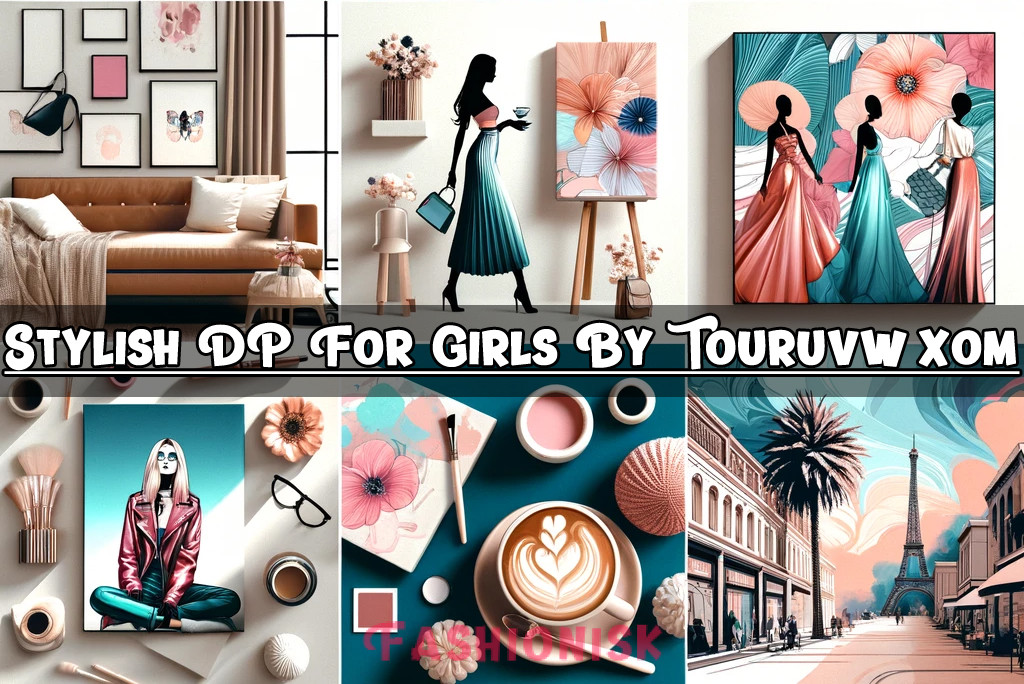
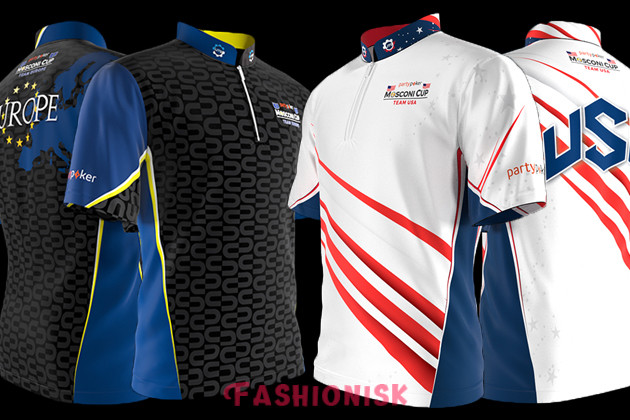


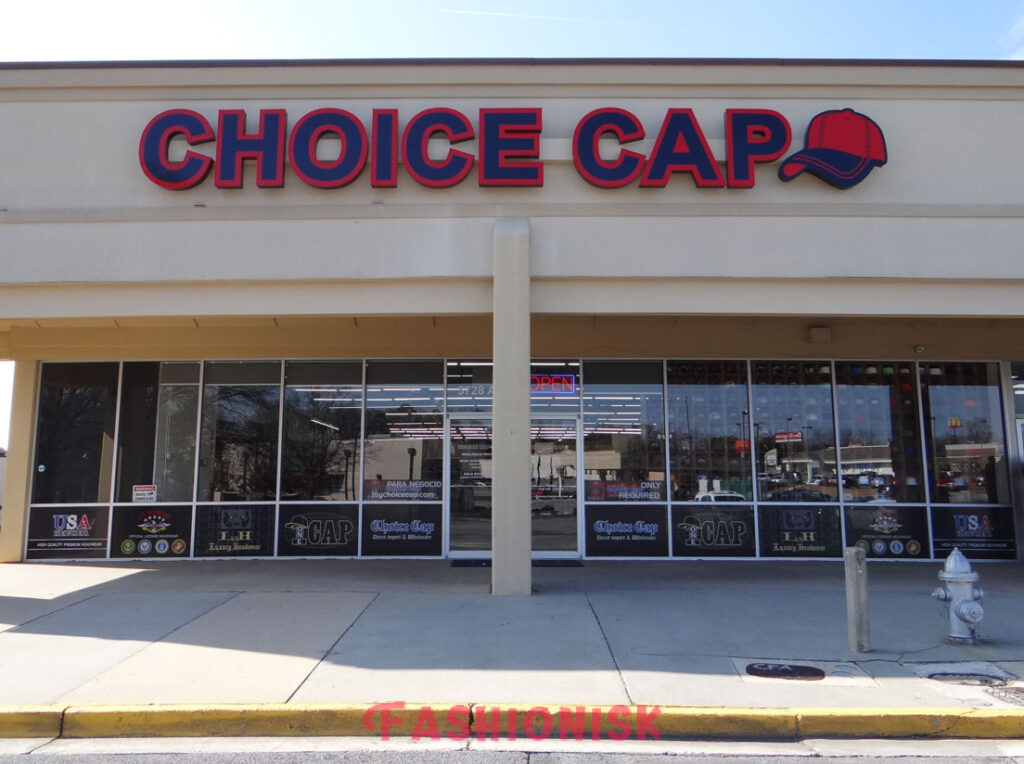
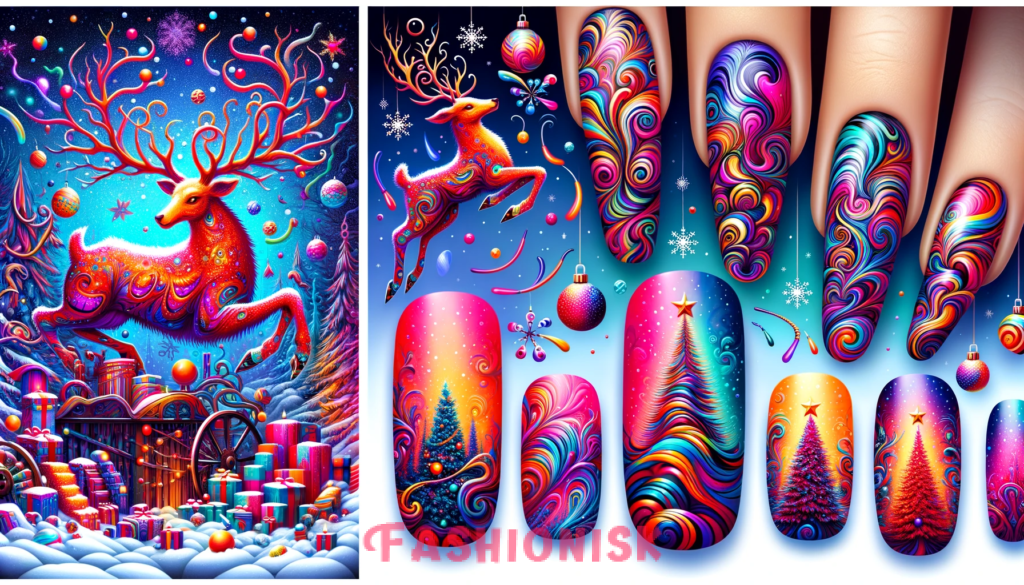

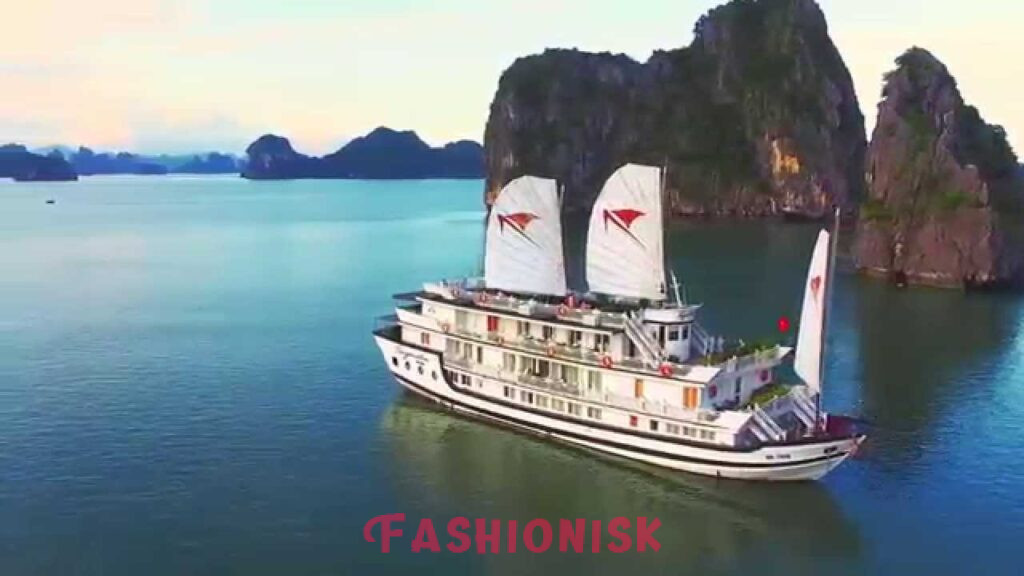
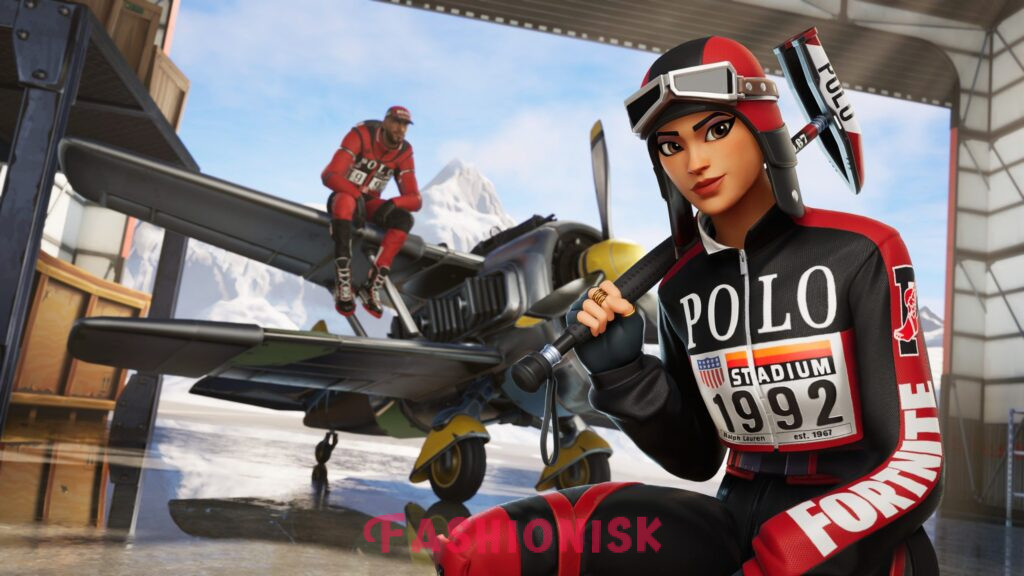
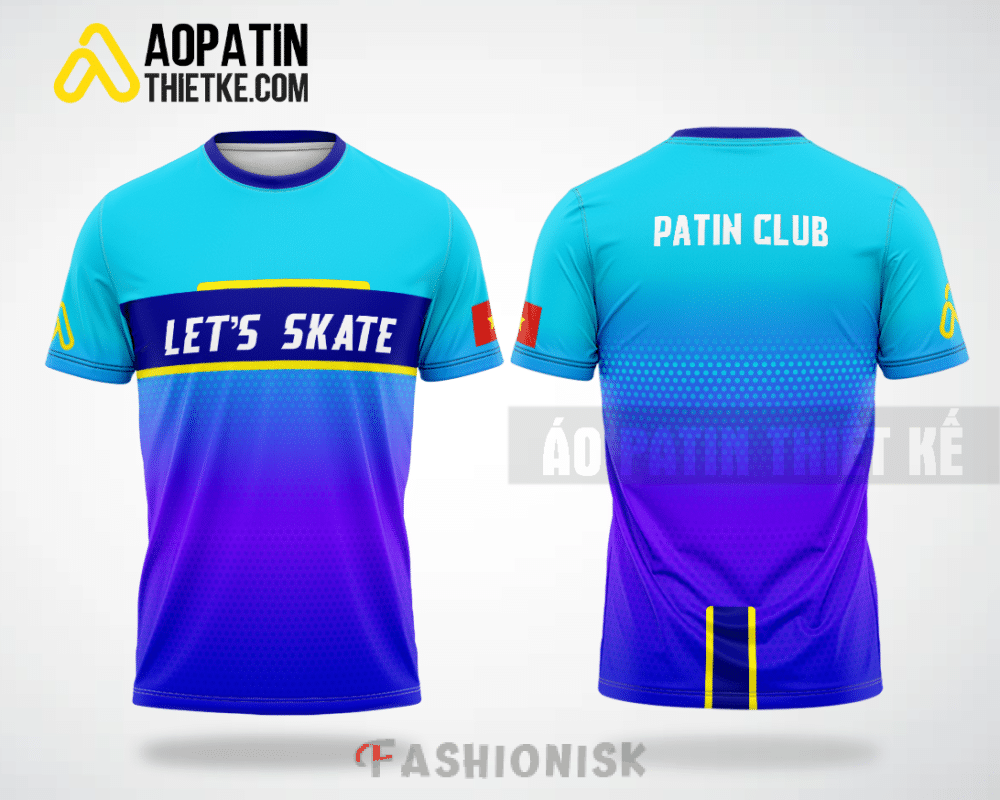

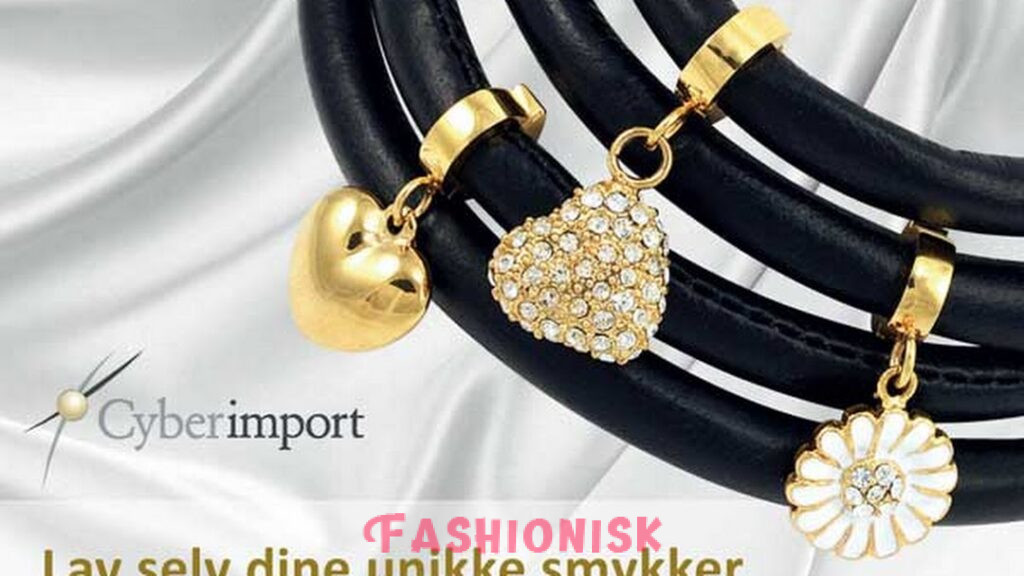
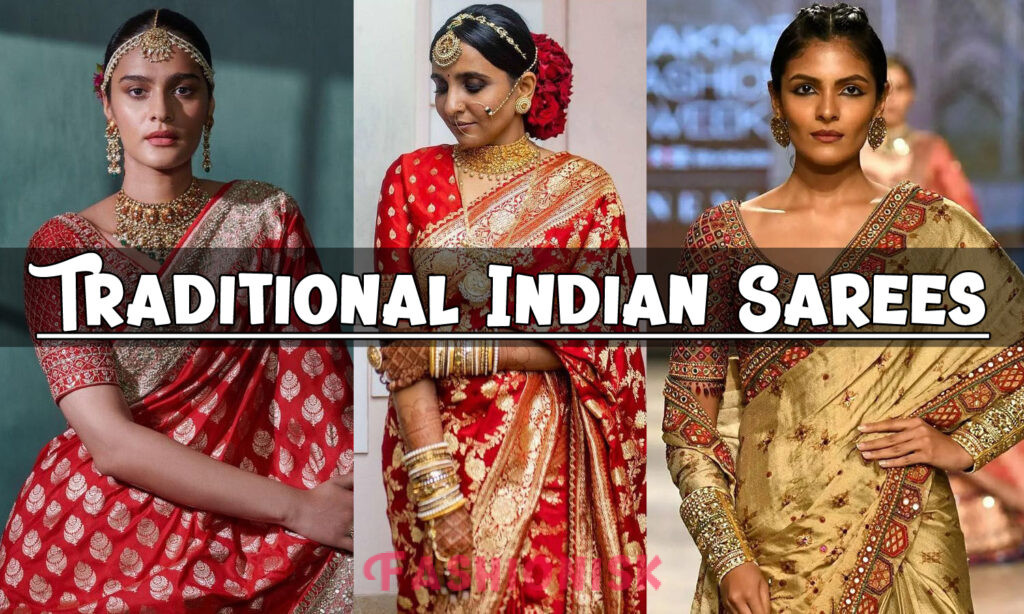







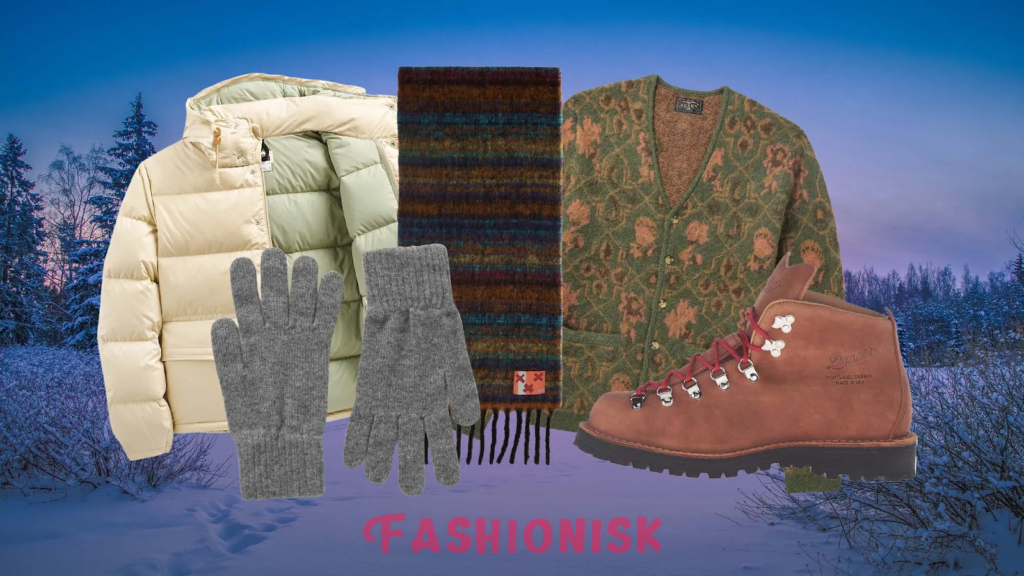
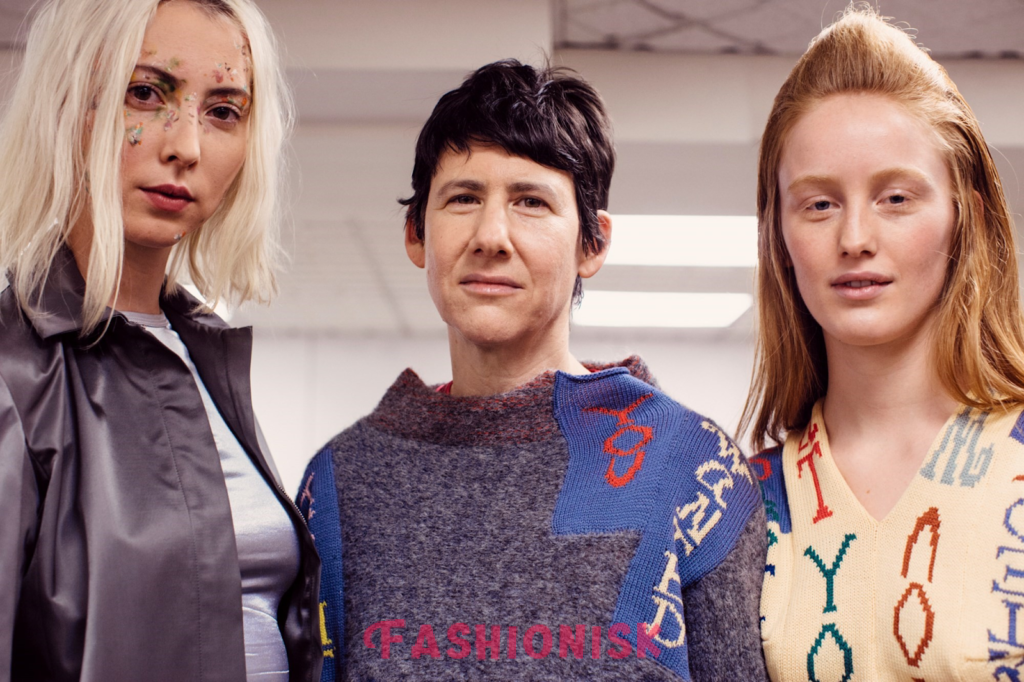




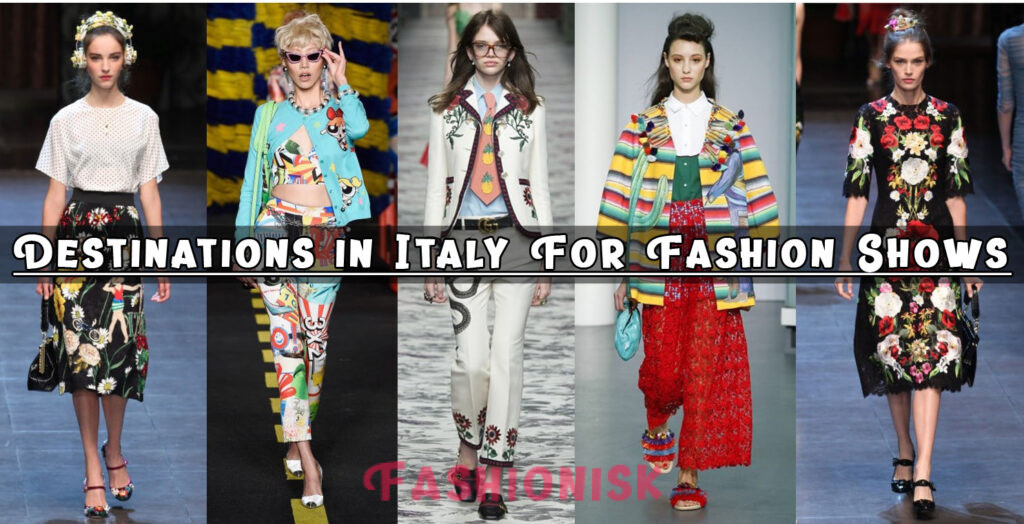
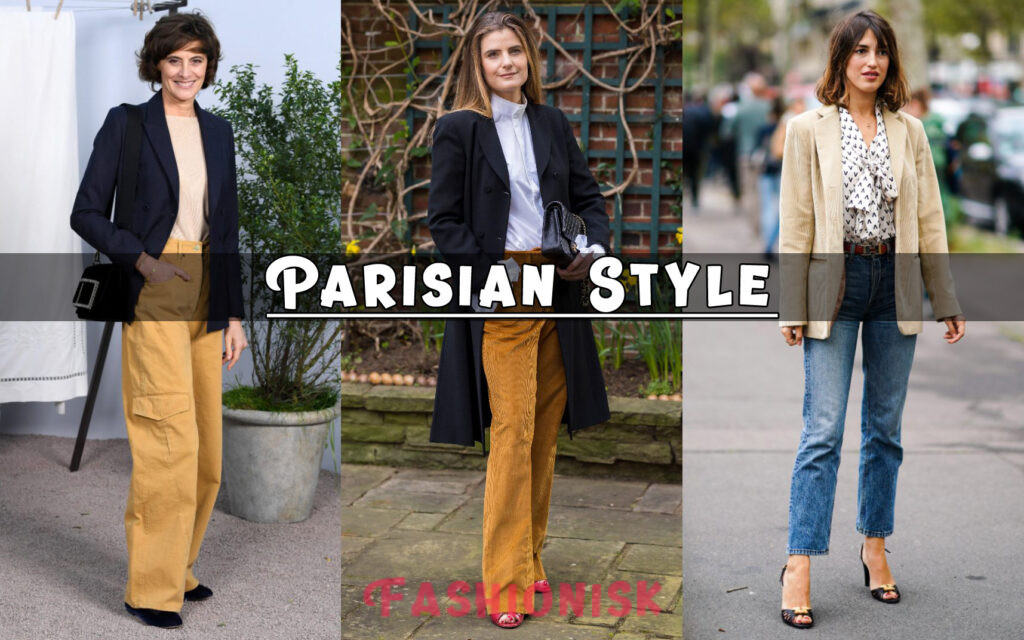

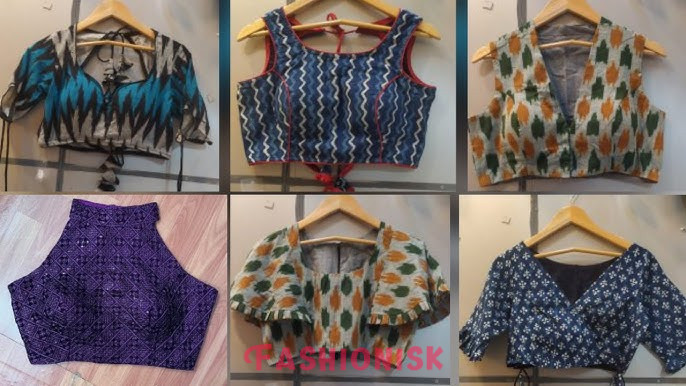






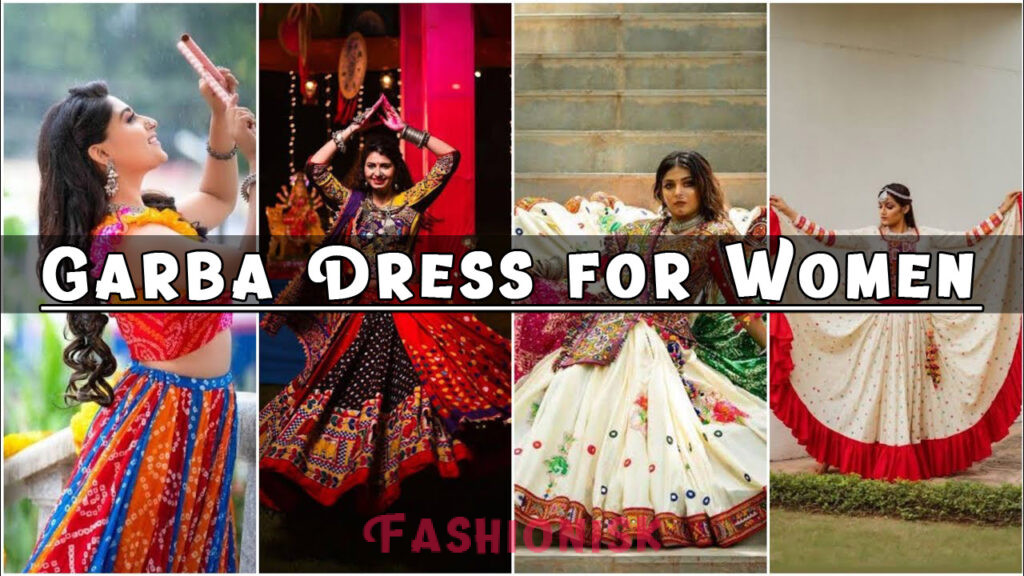

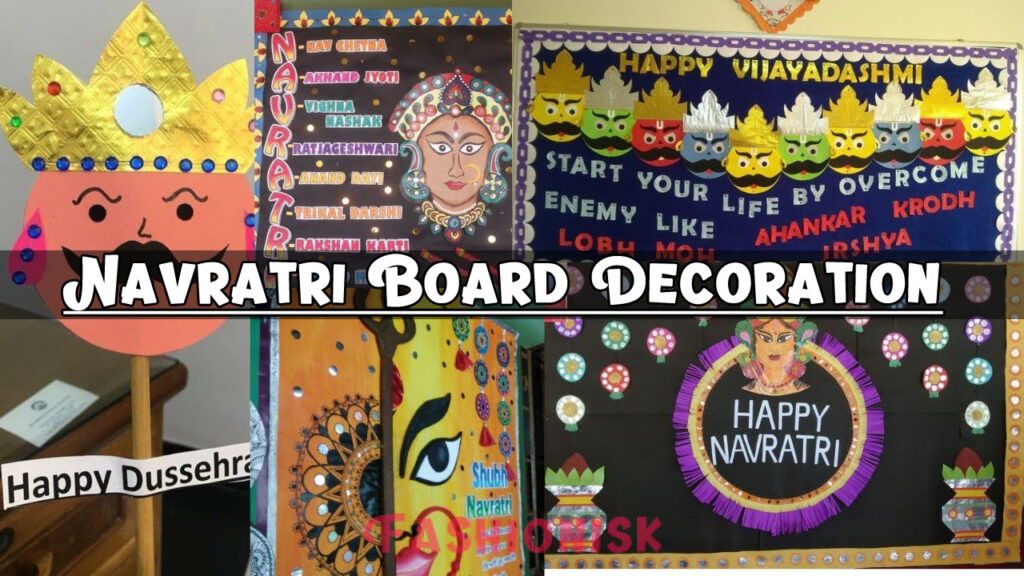

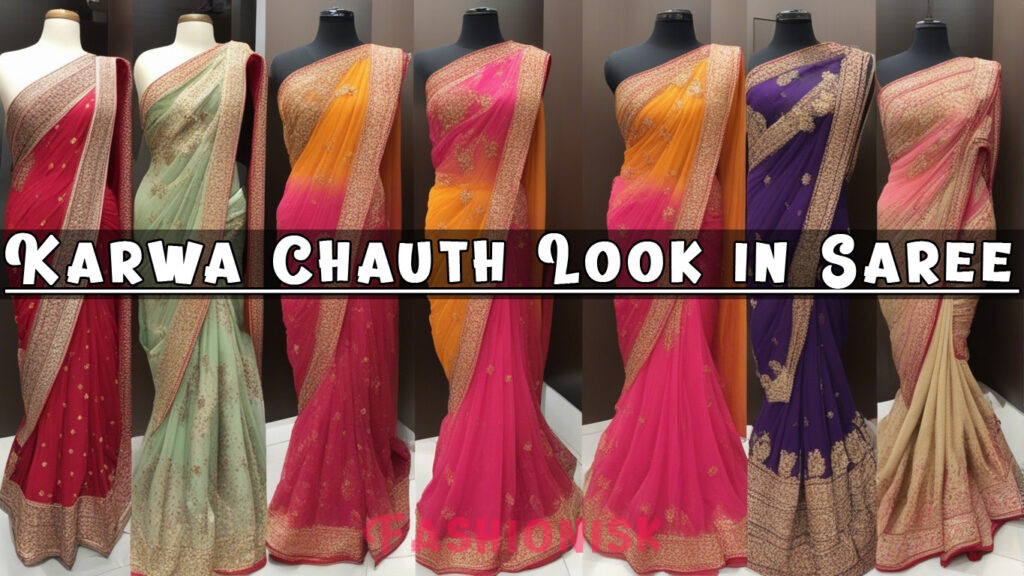
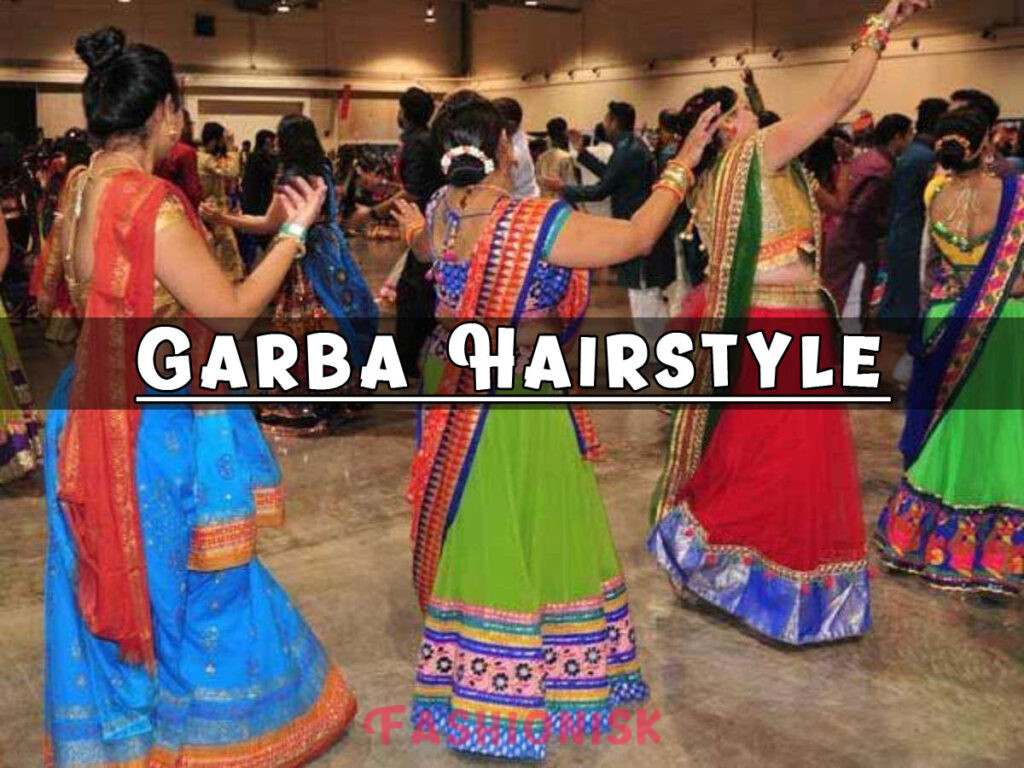


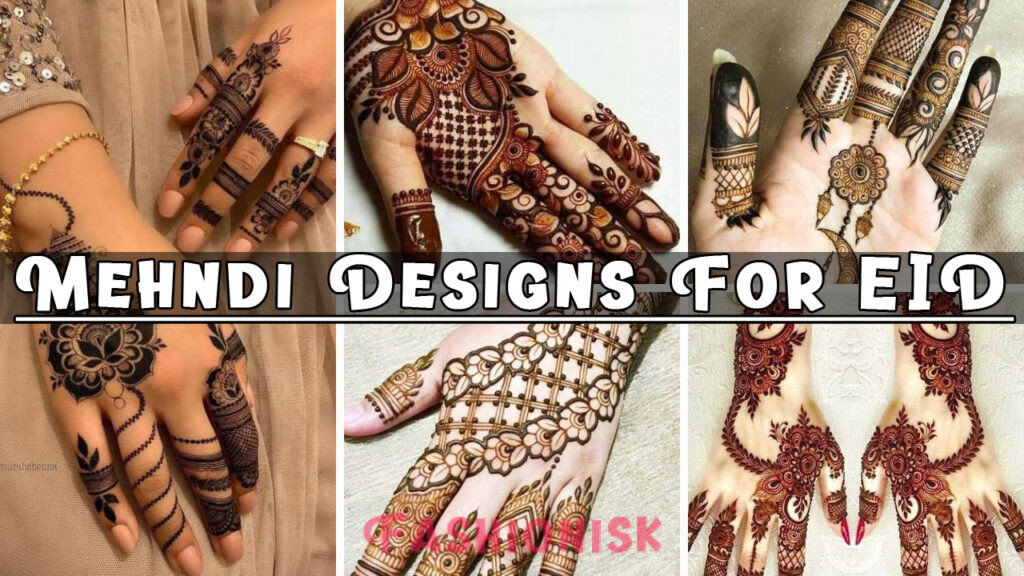
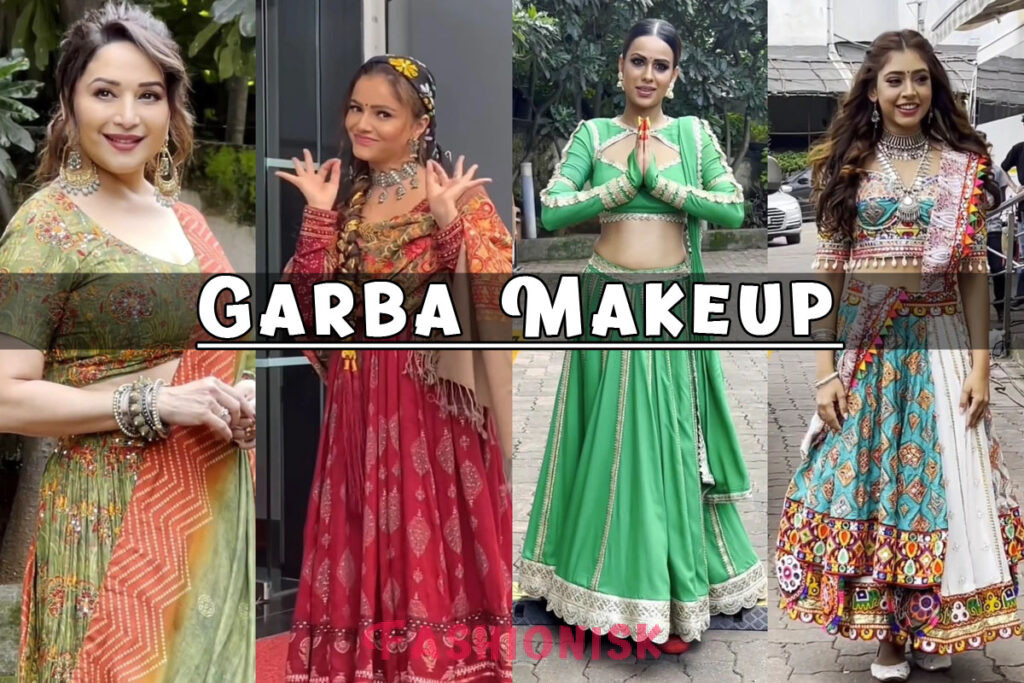

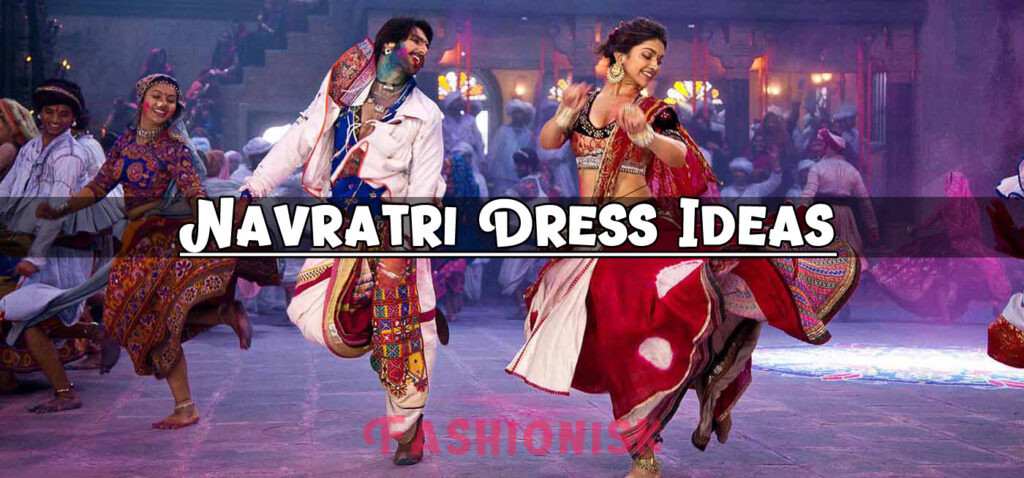
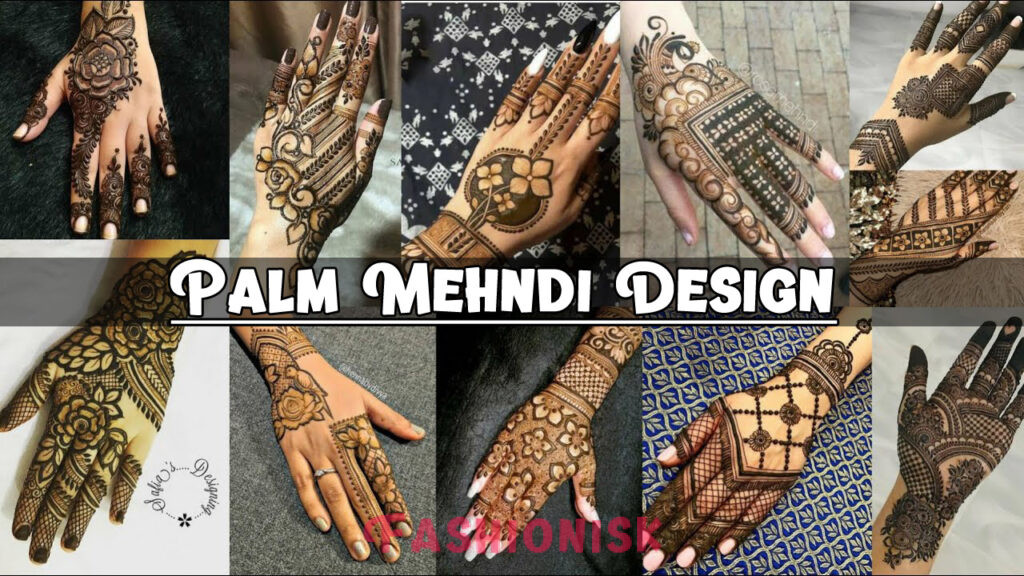


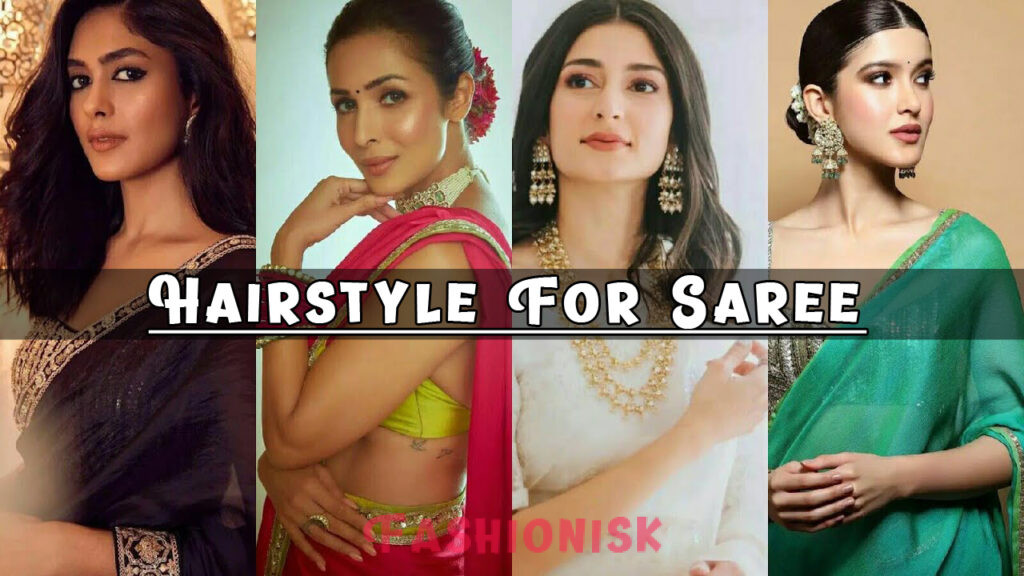



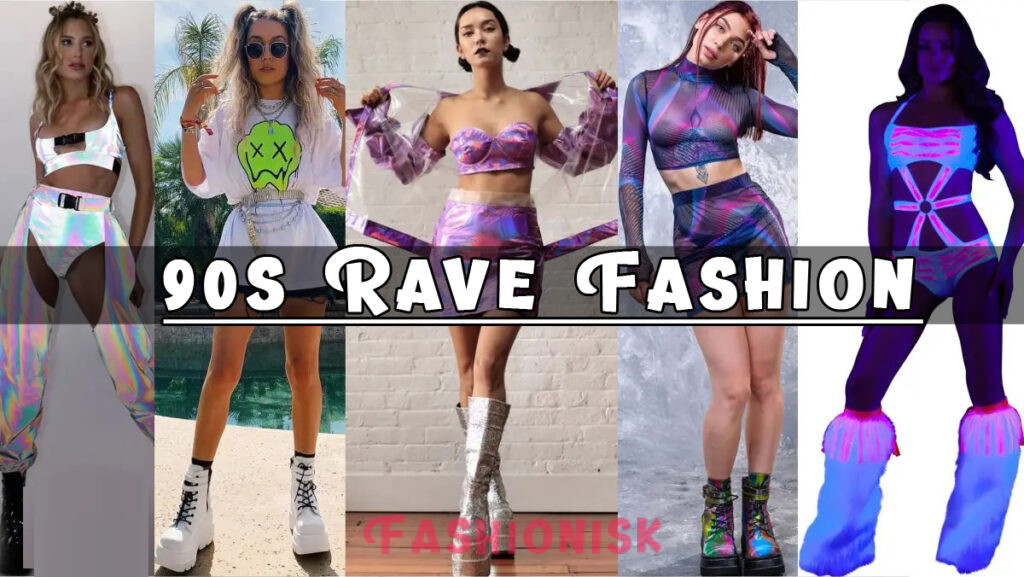
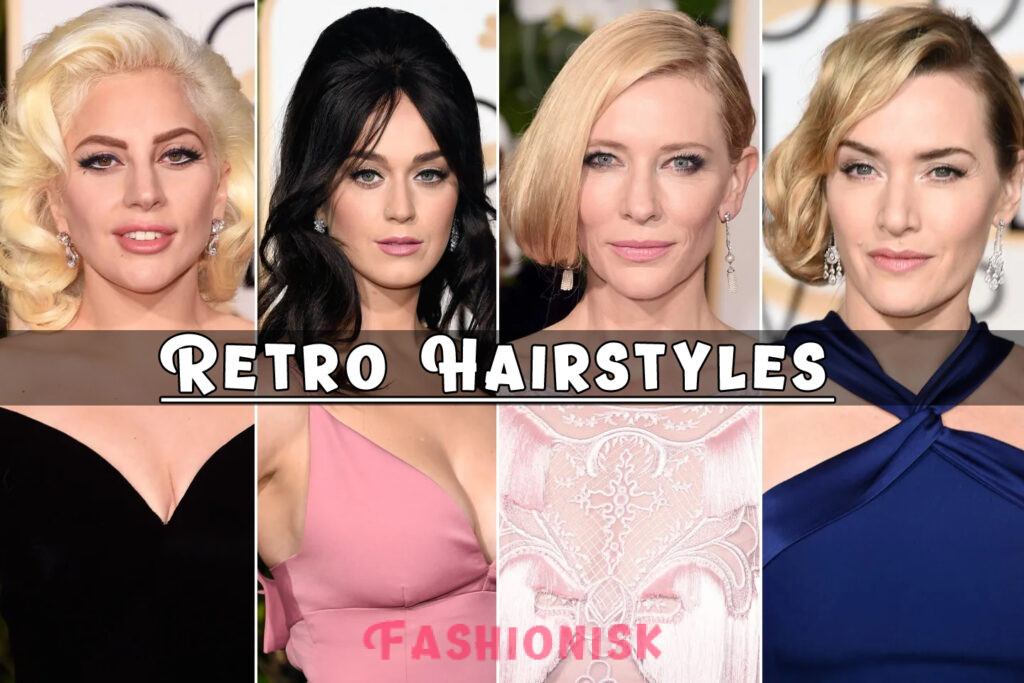

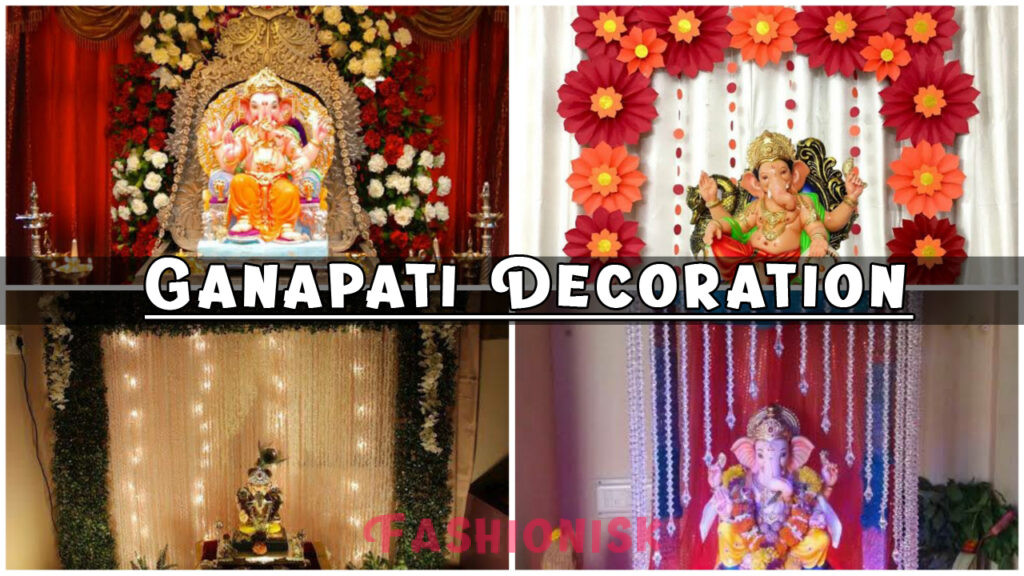

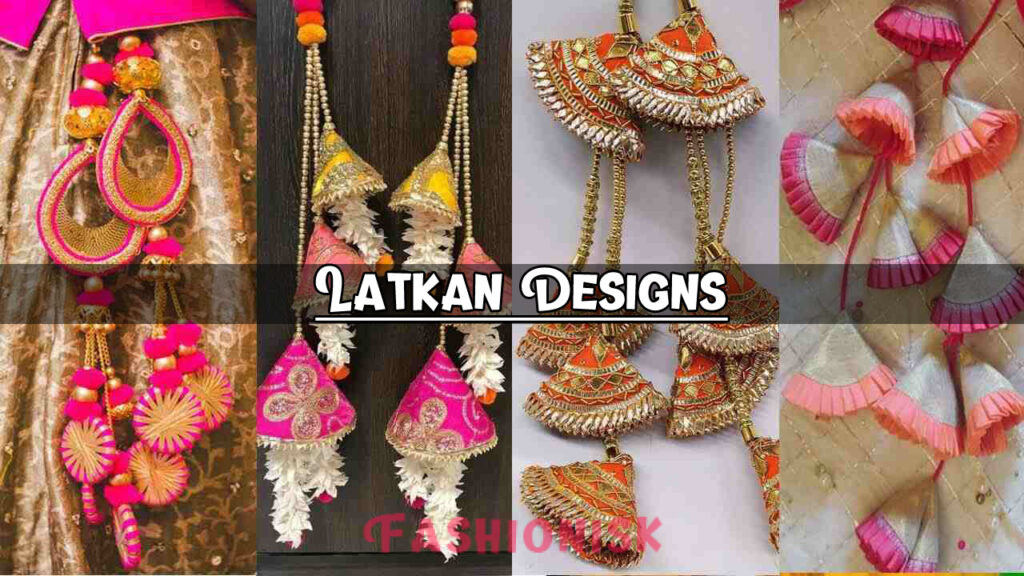




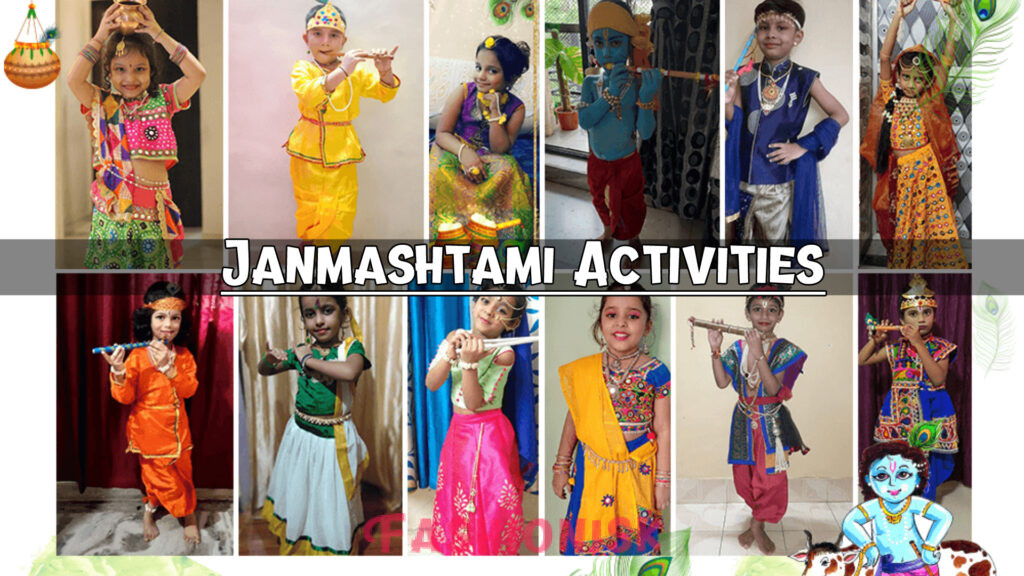


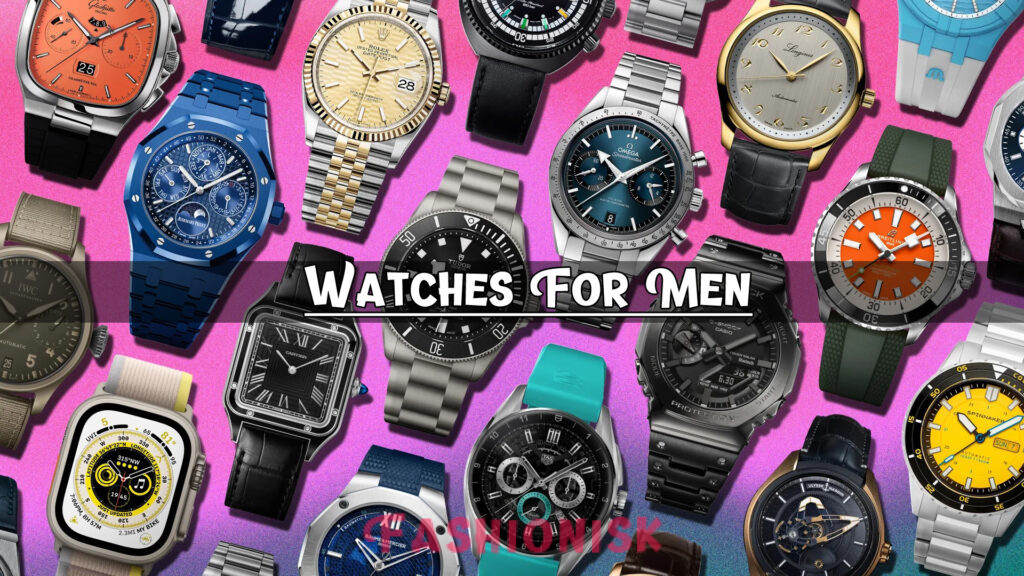
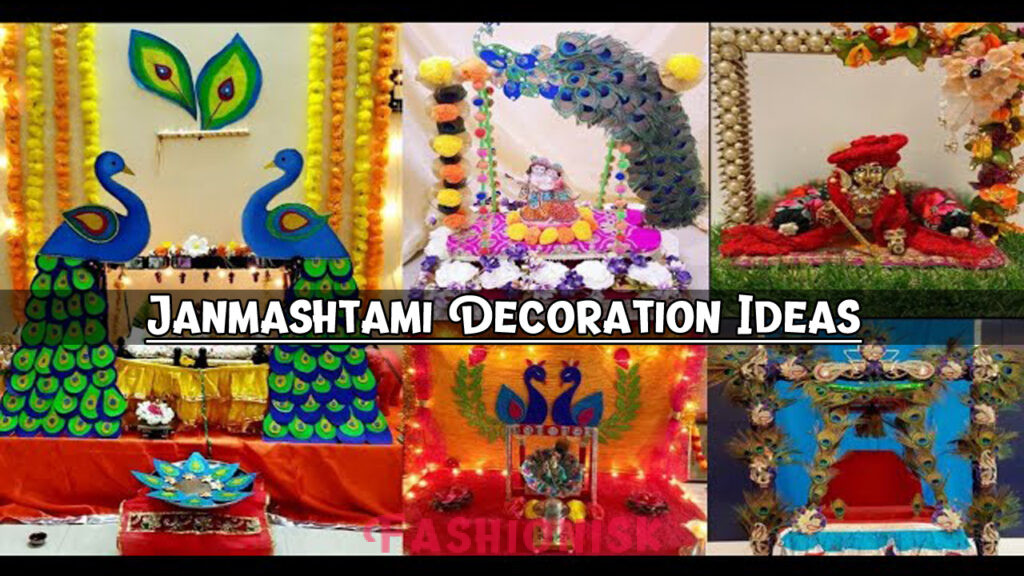


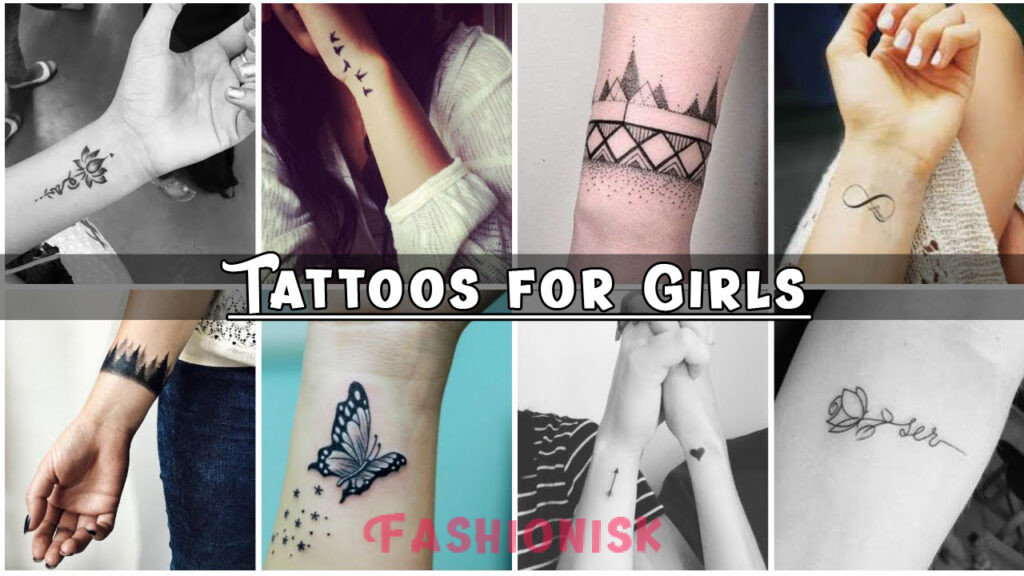
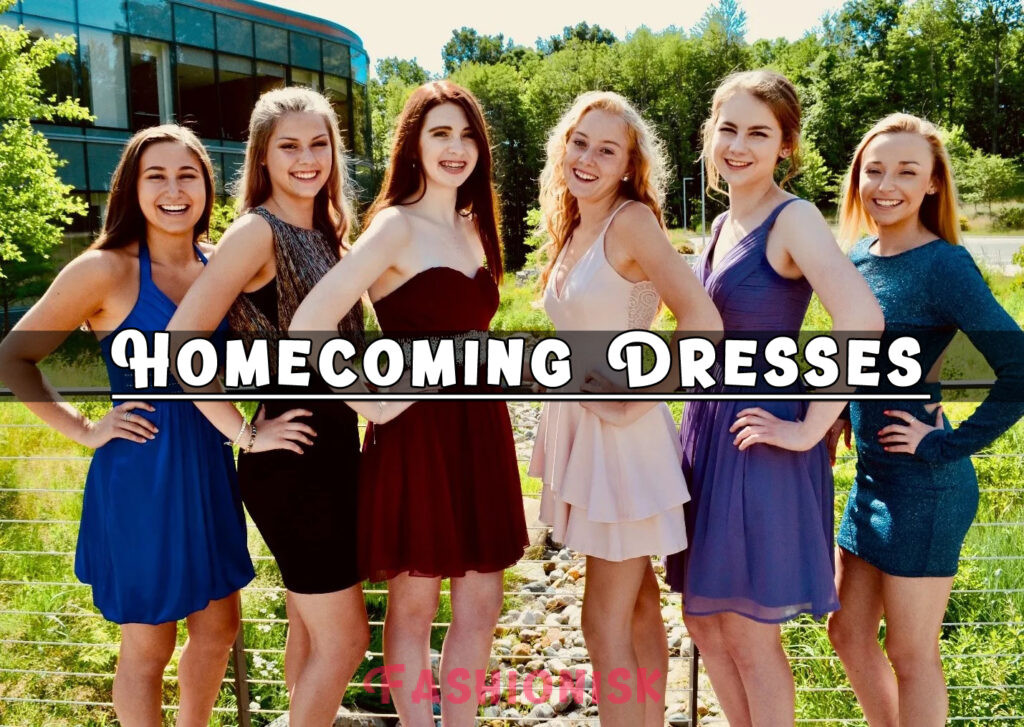



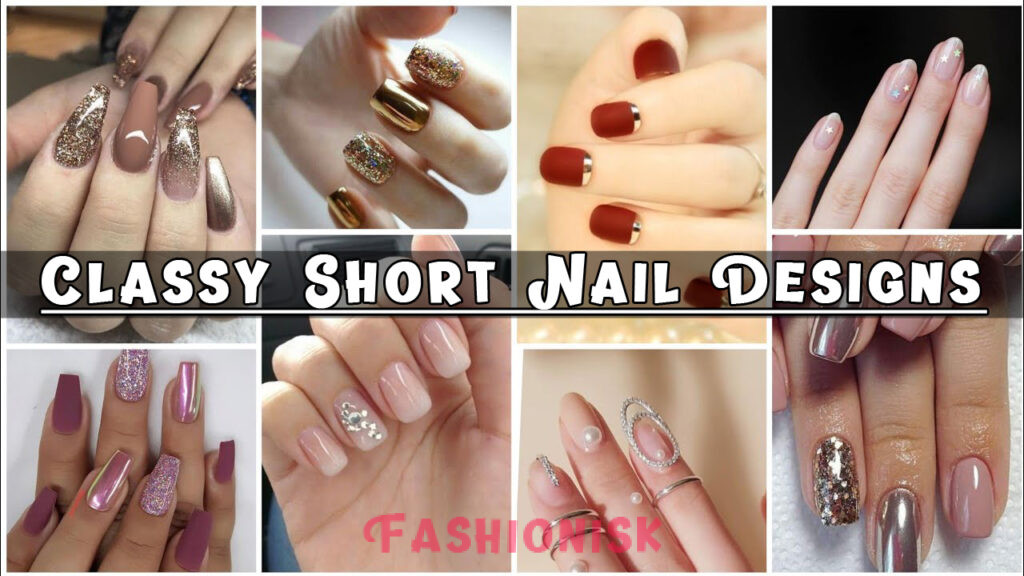
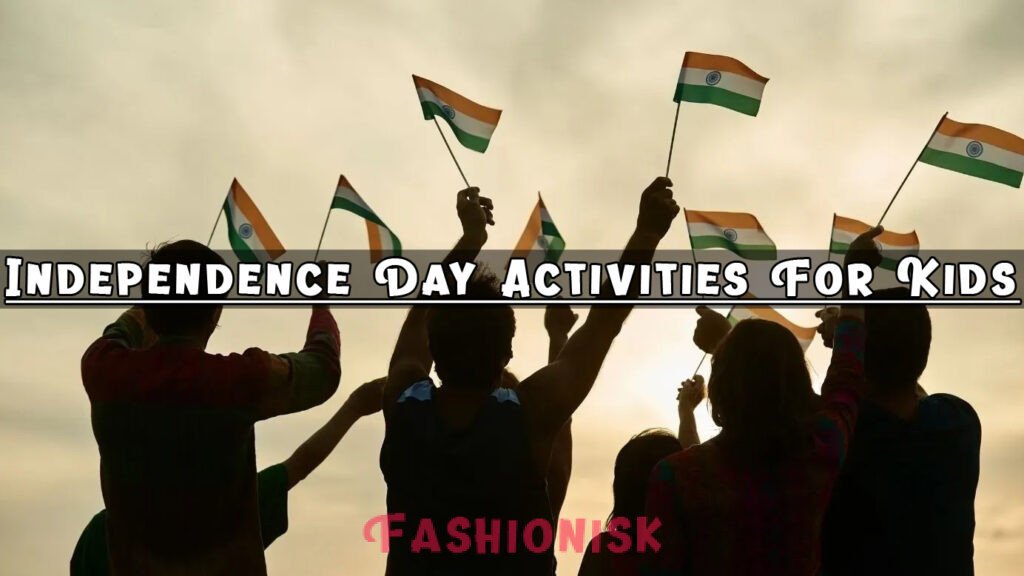




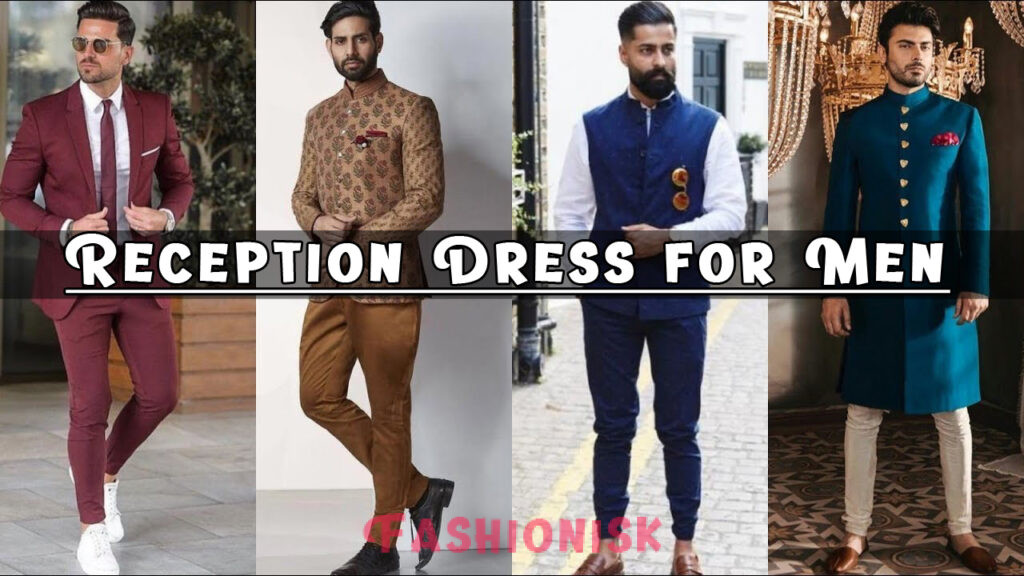


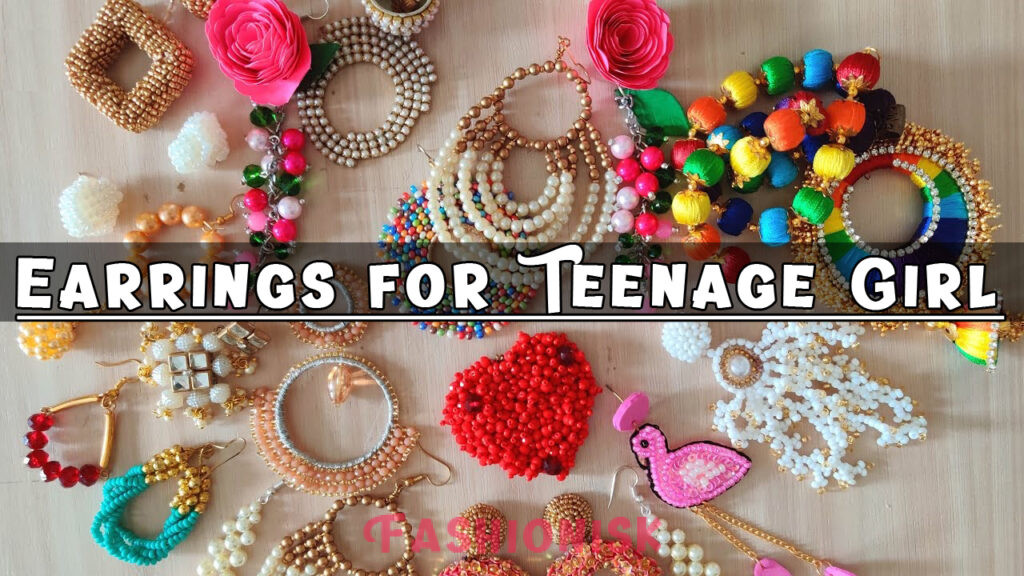
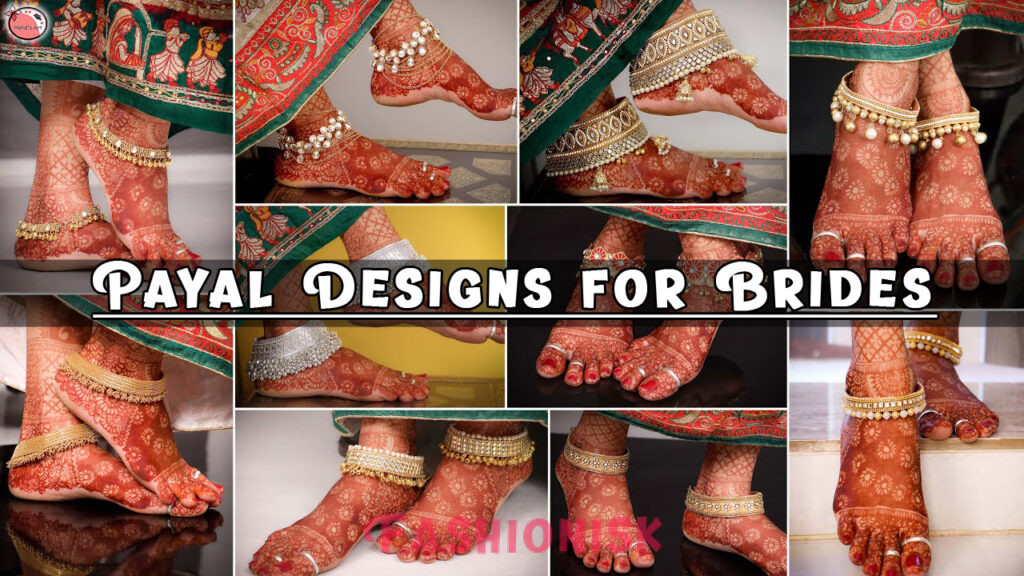





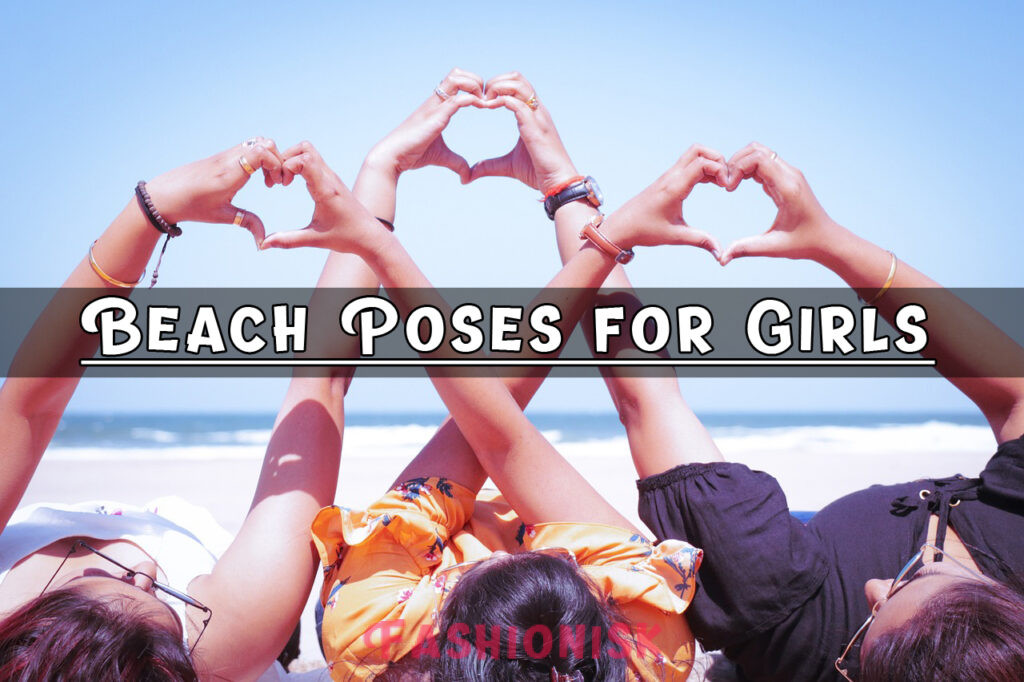
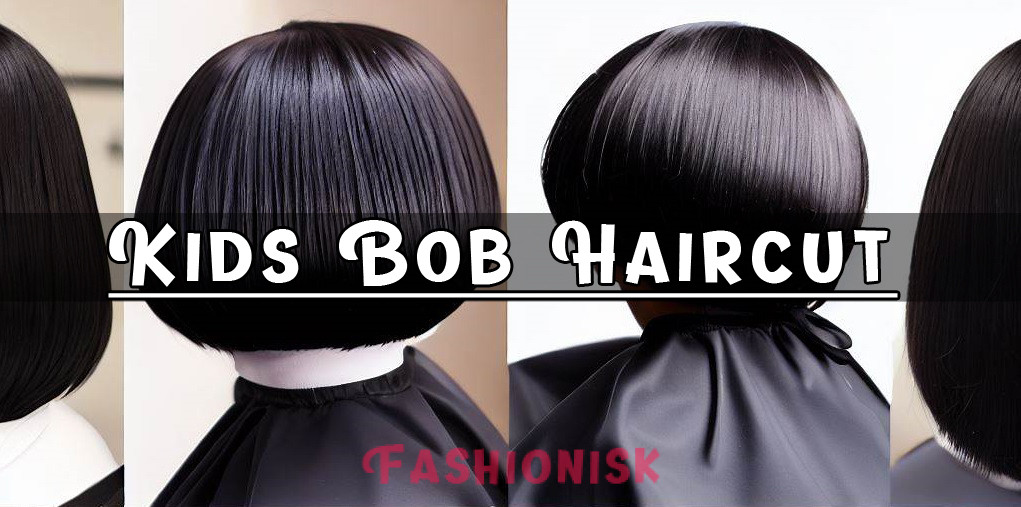
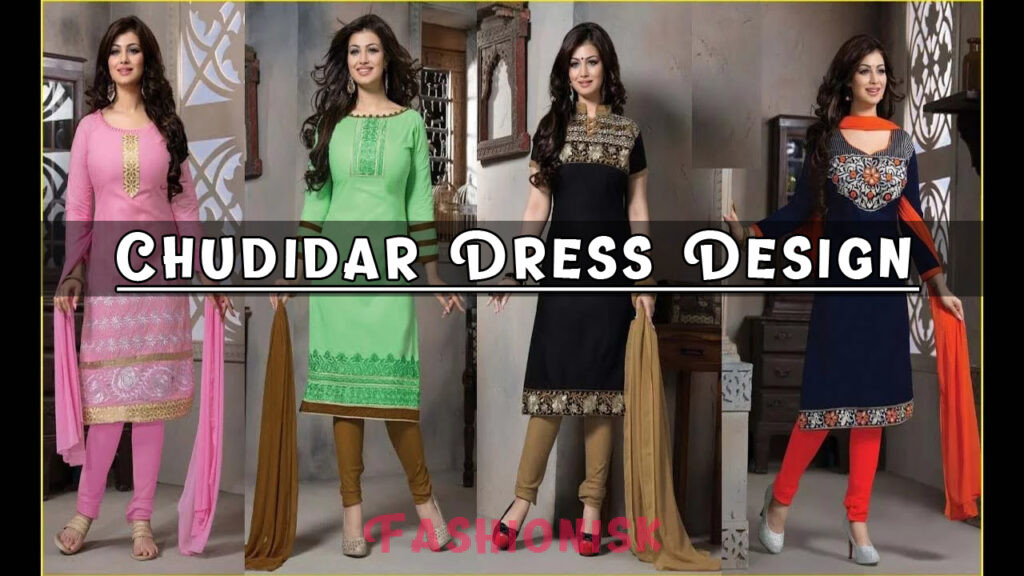
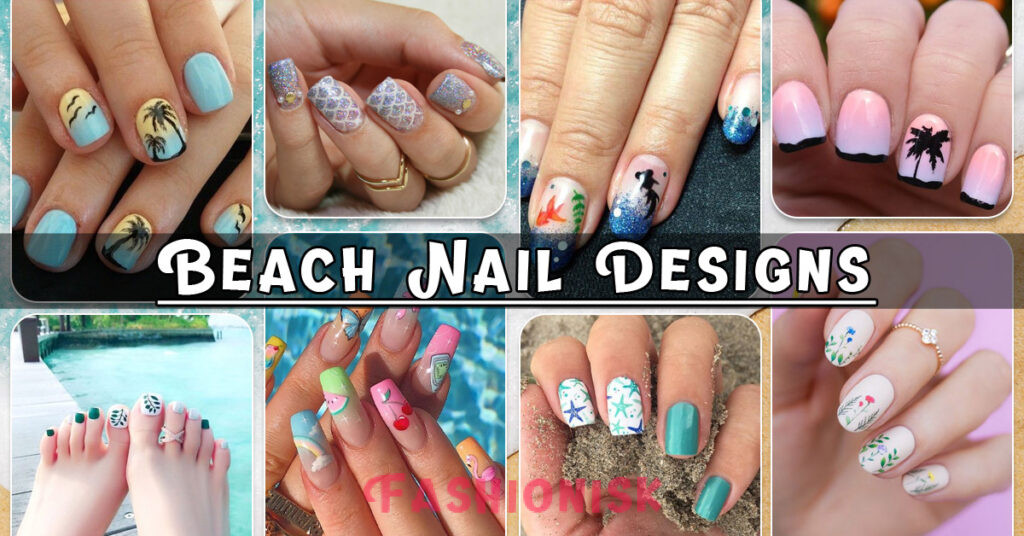


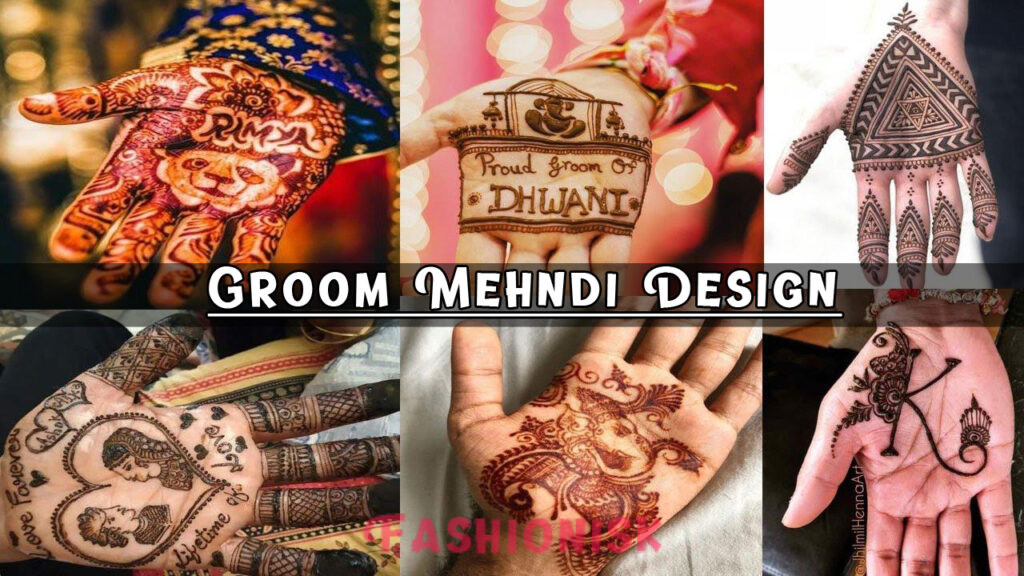

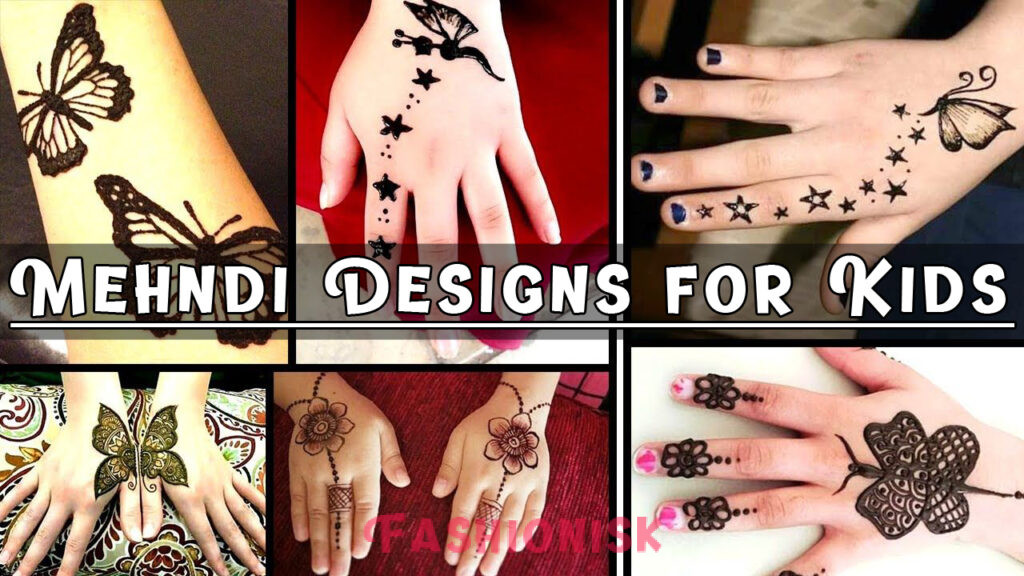






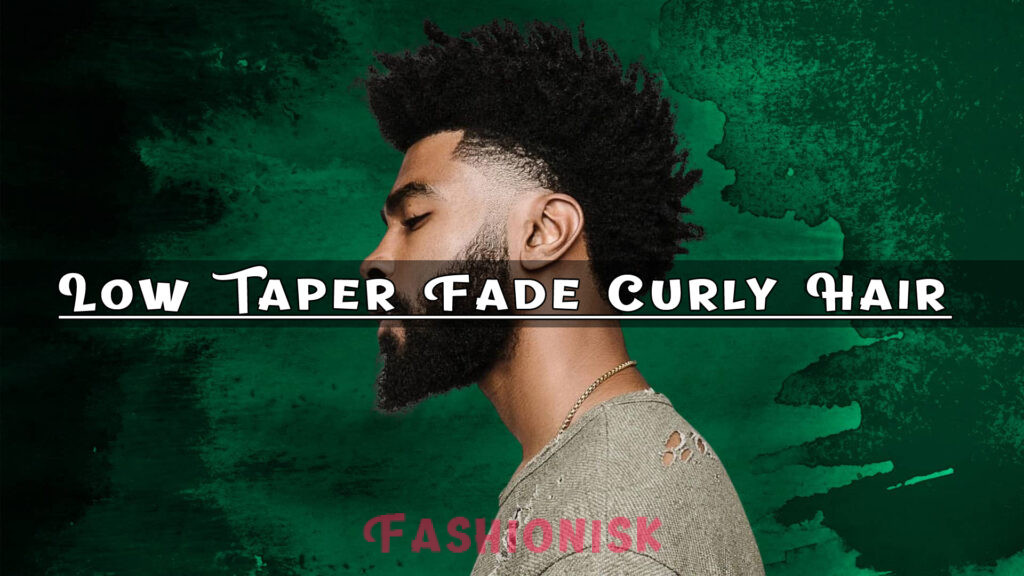
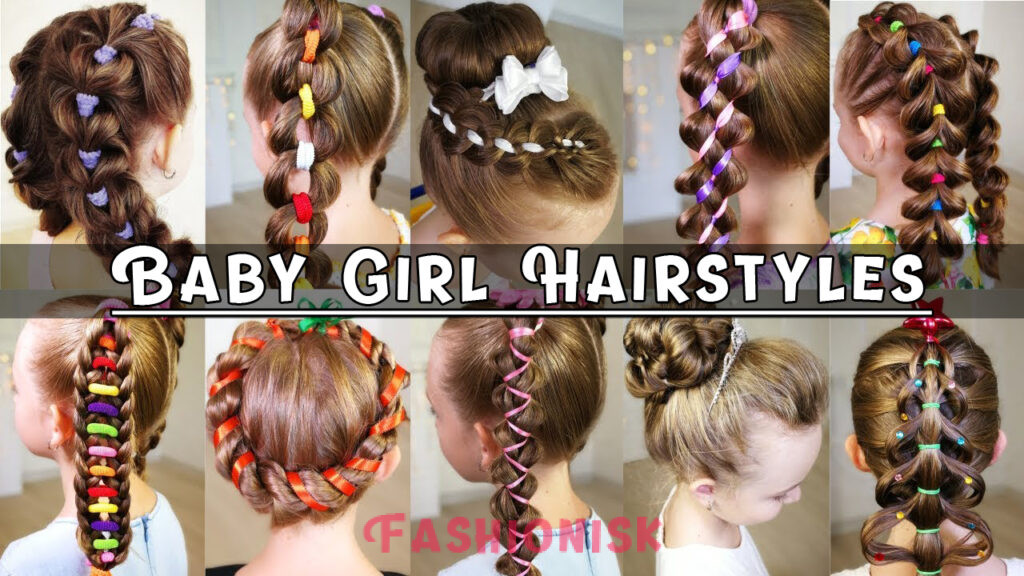
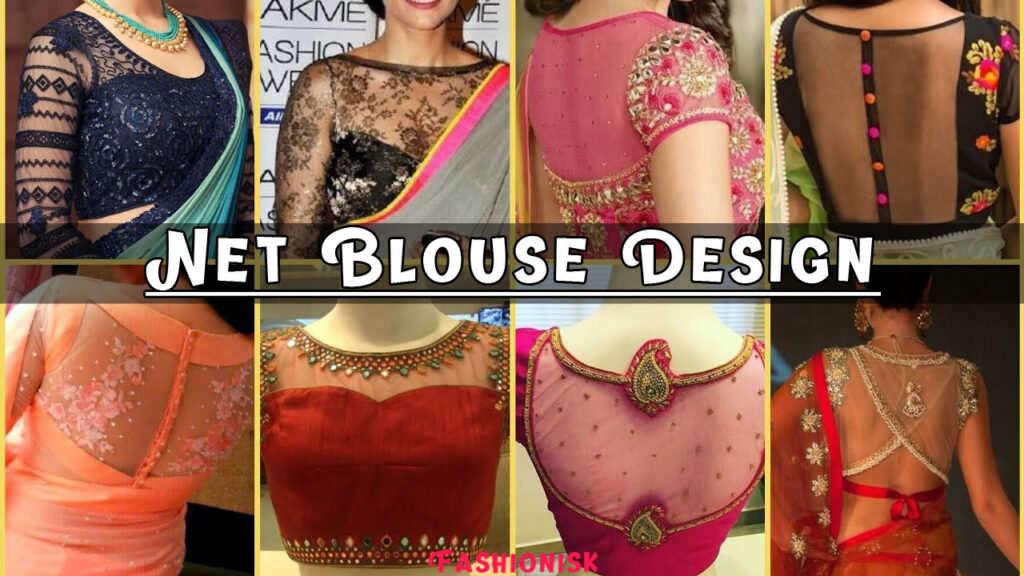
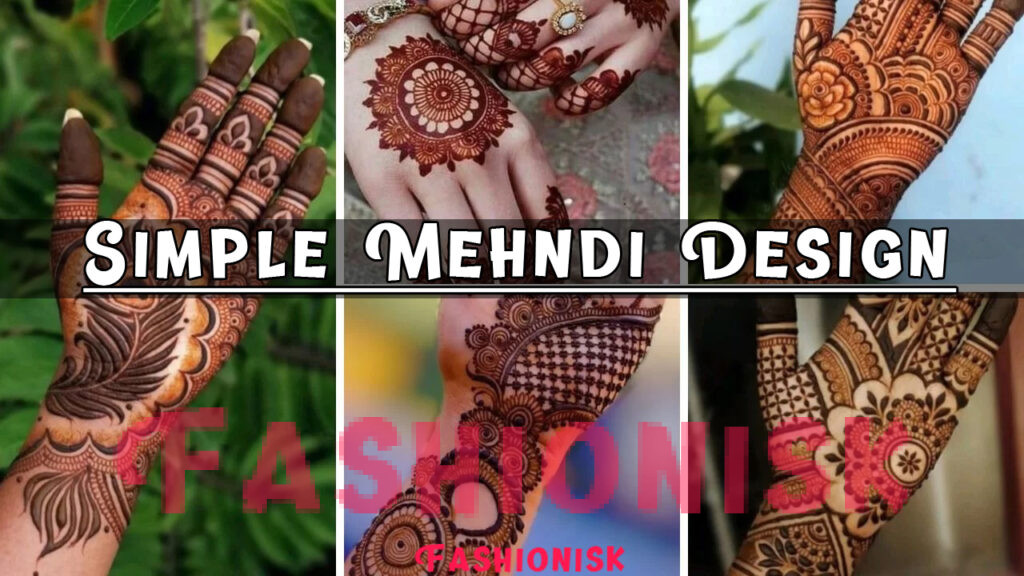
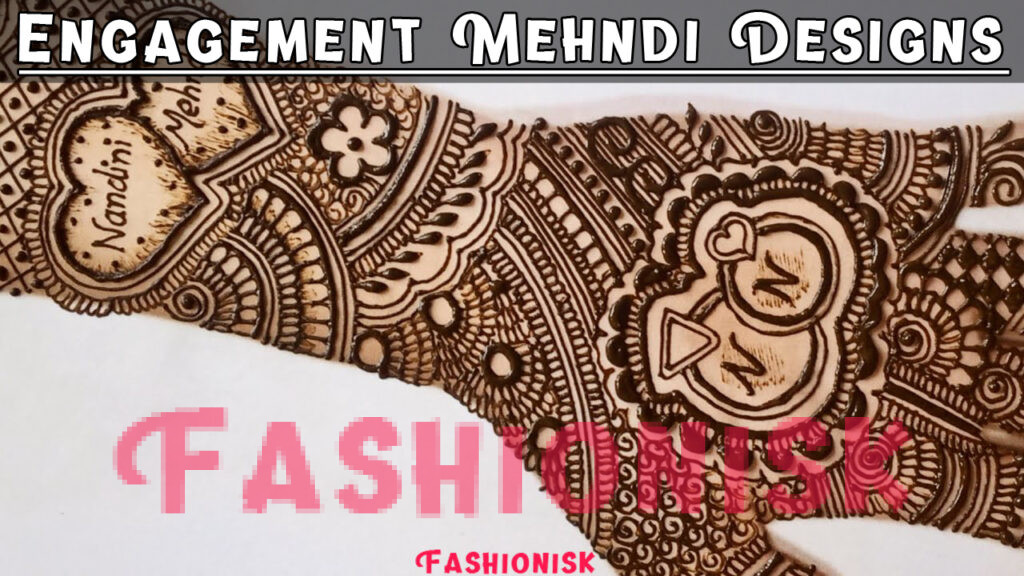
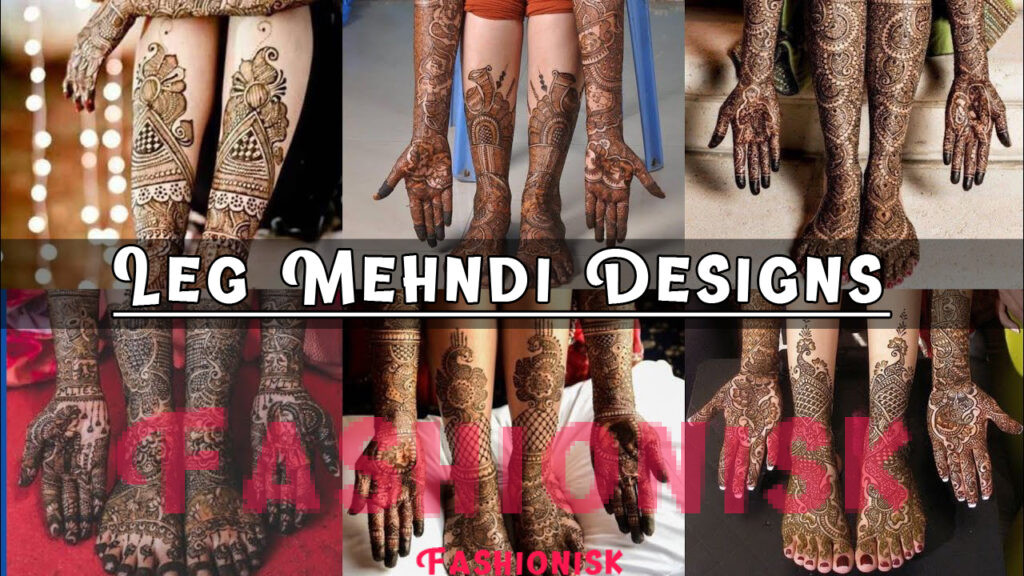


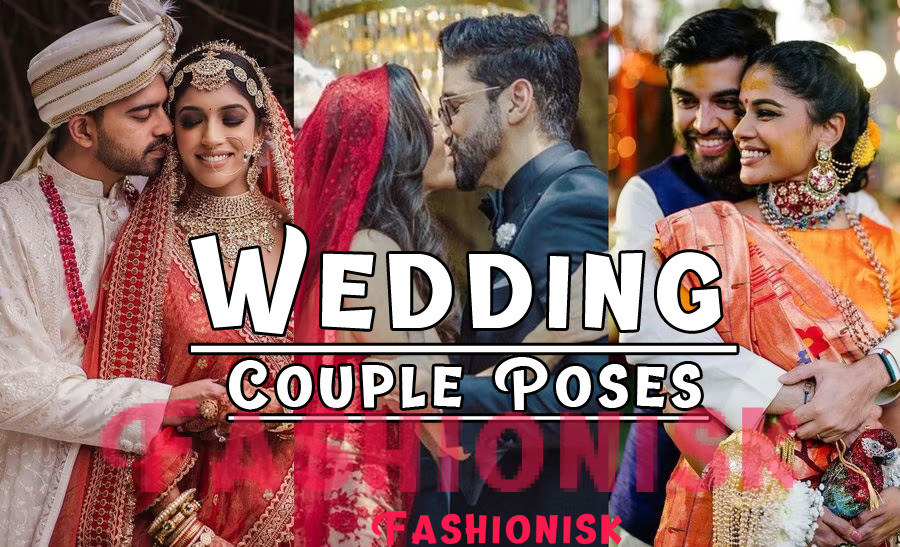
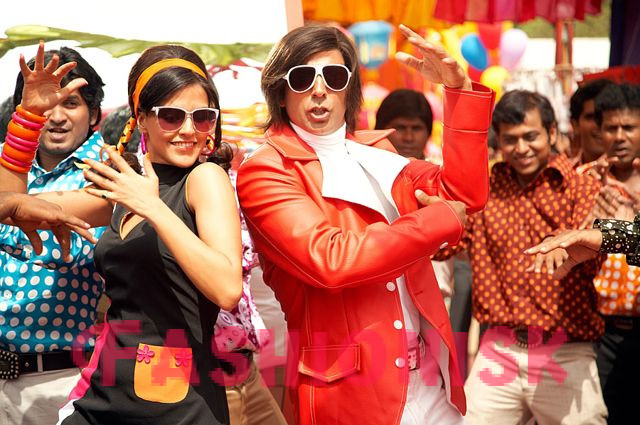
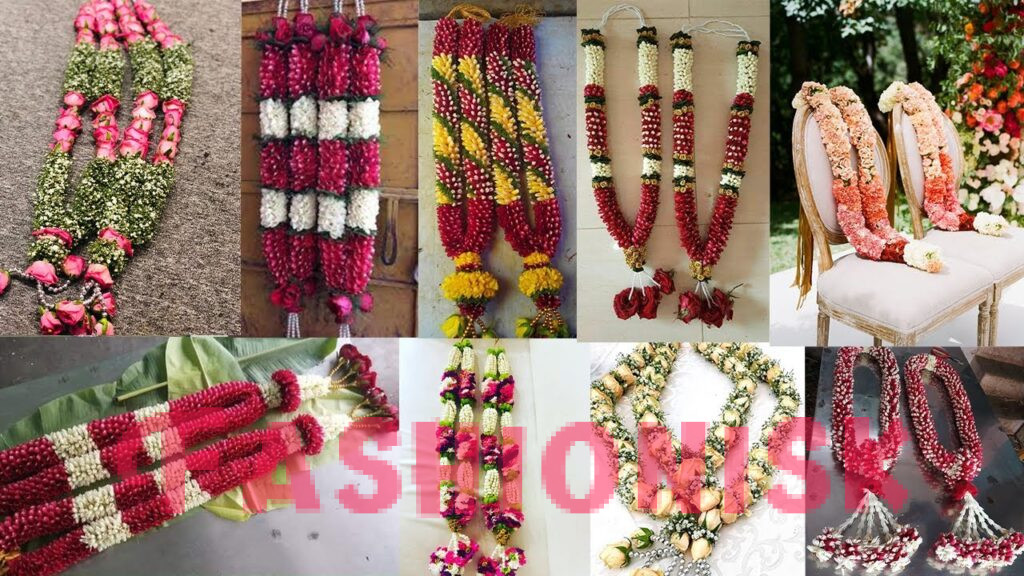
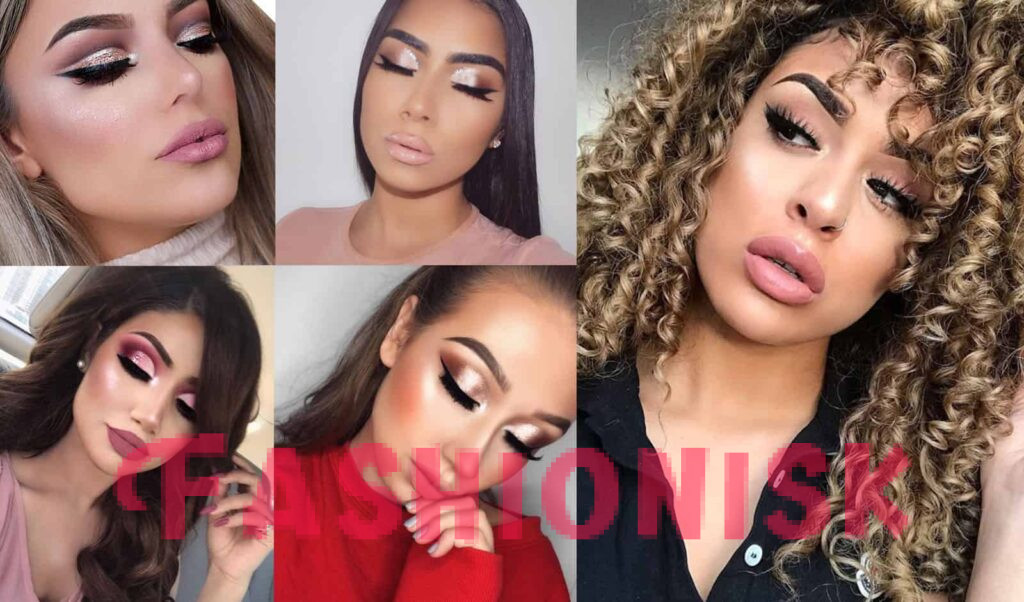
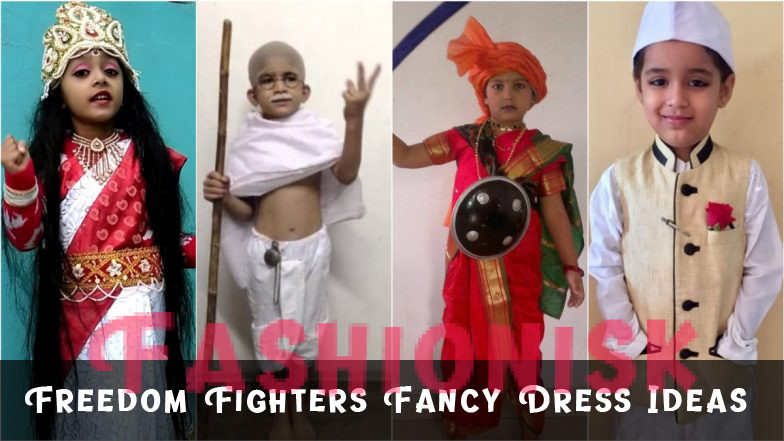
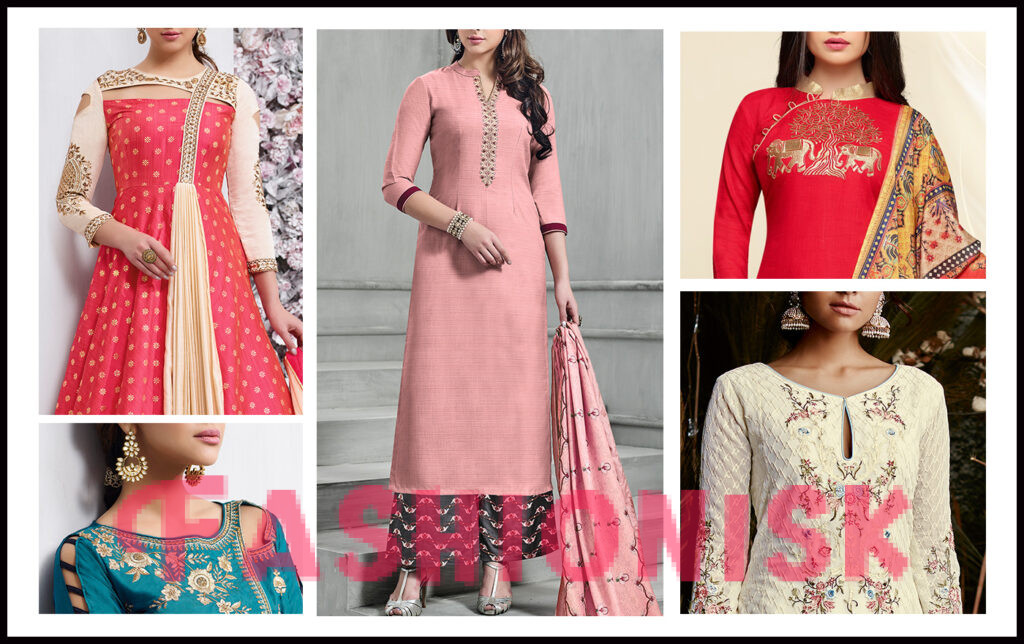
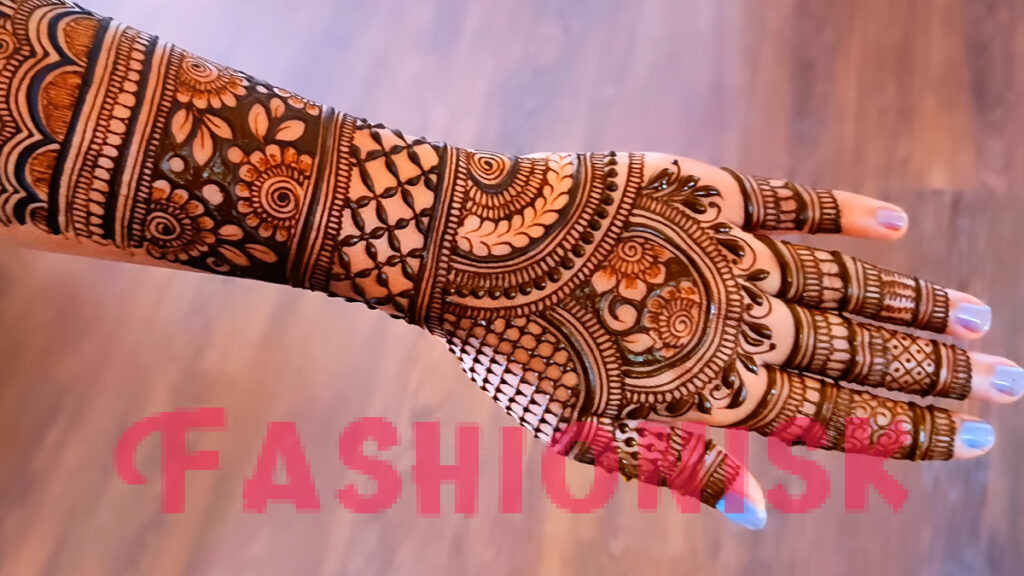
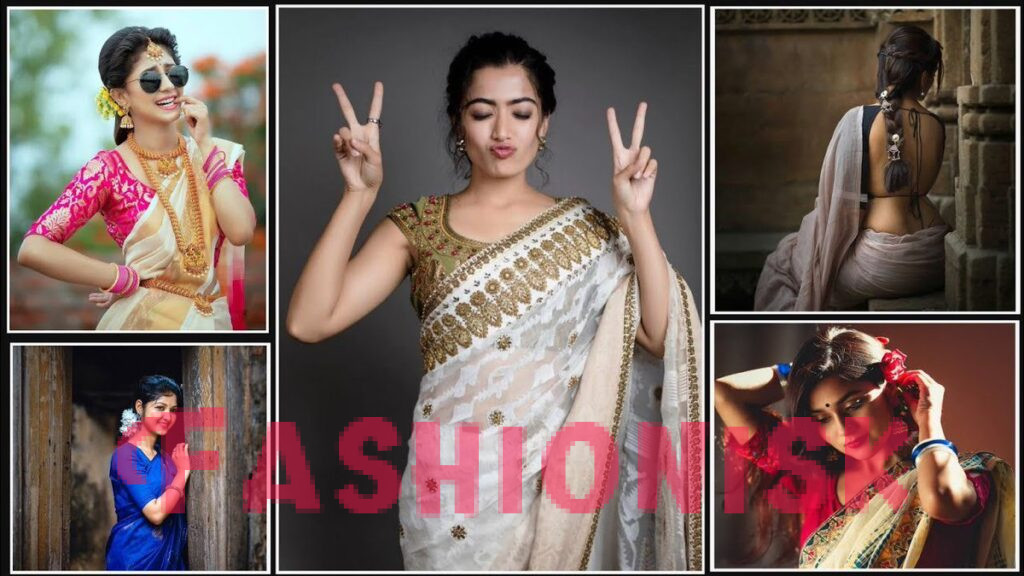

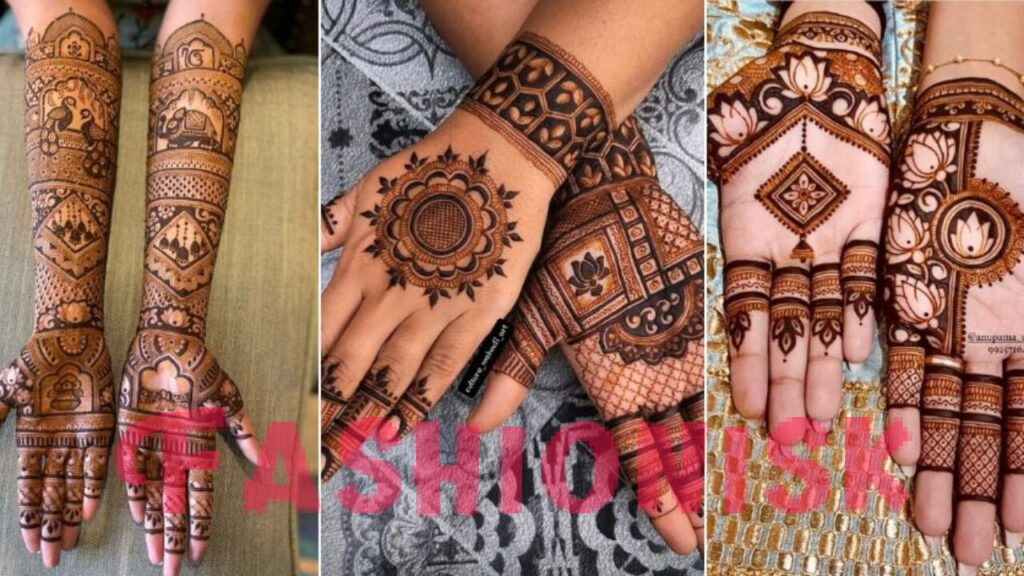



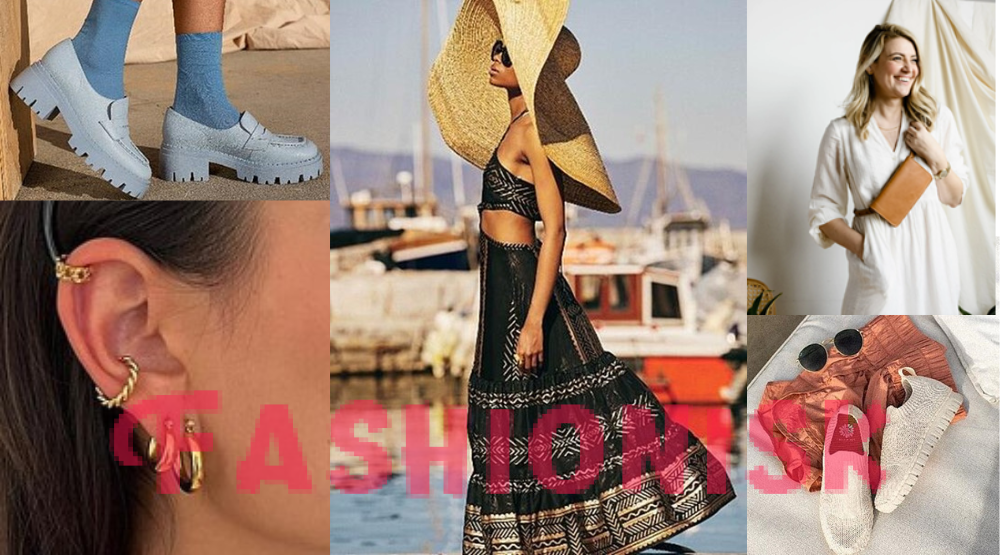
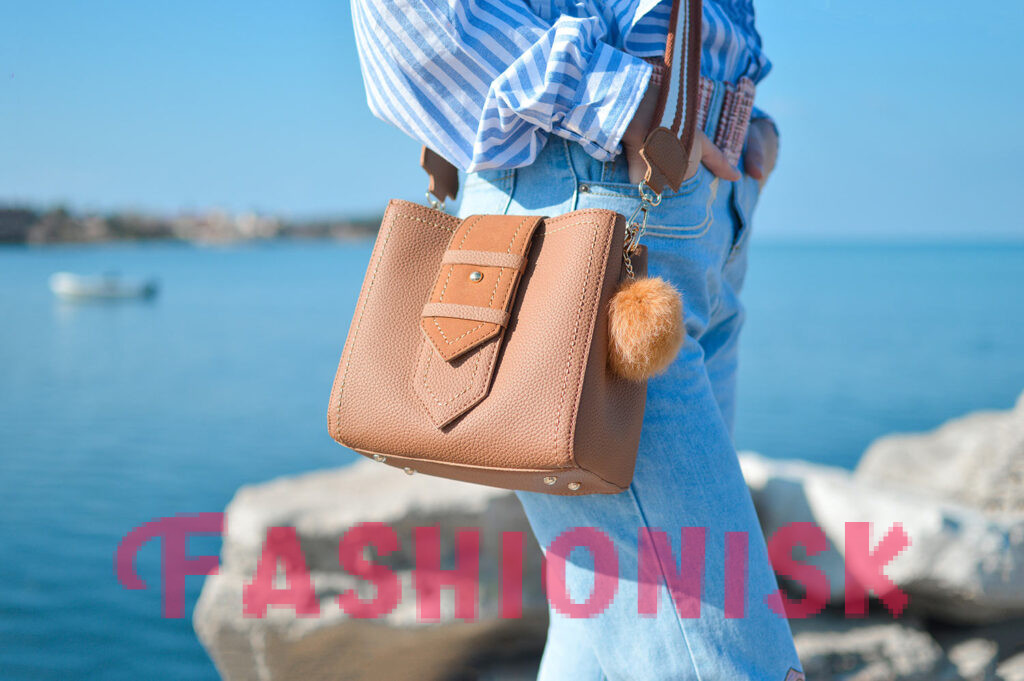
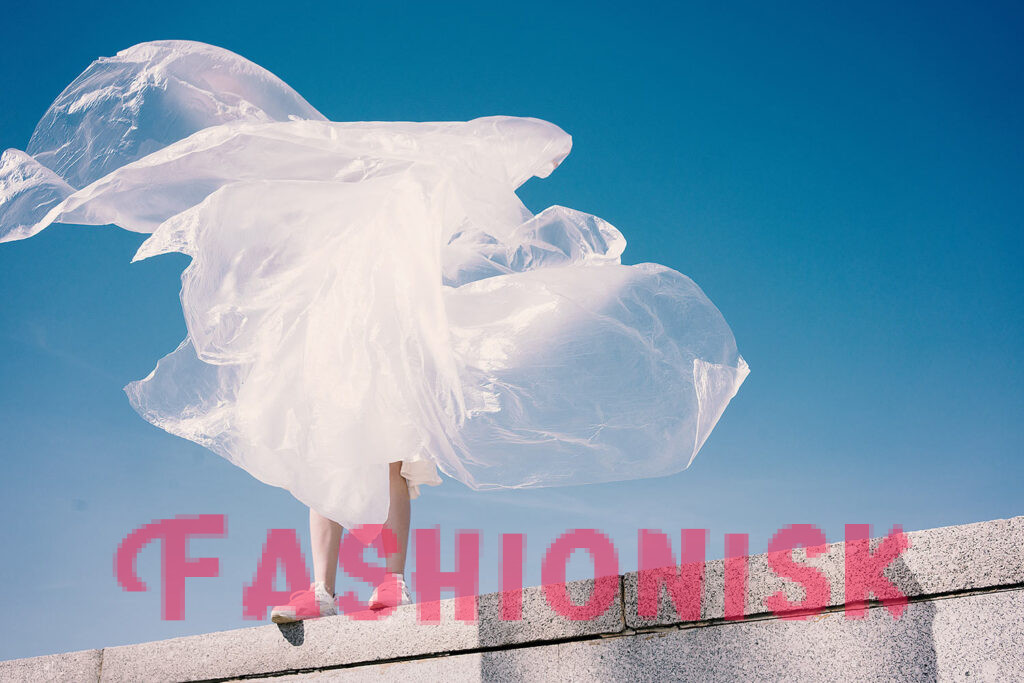



Comments